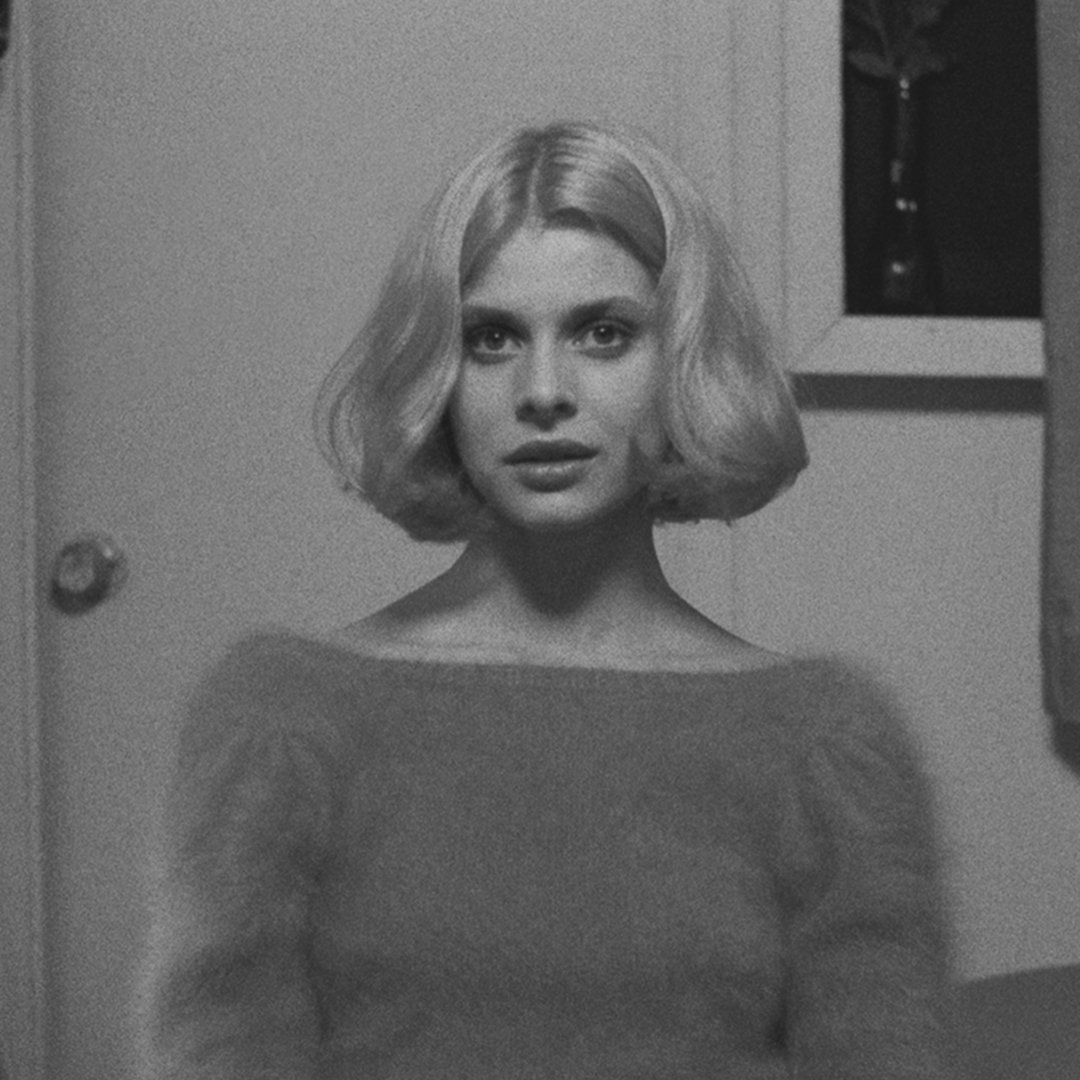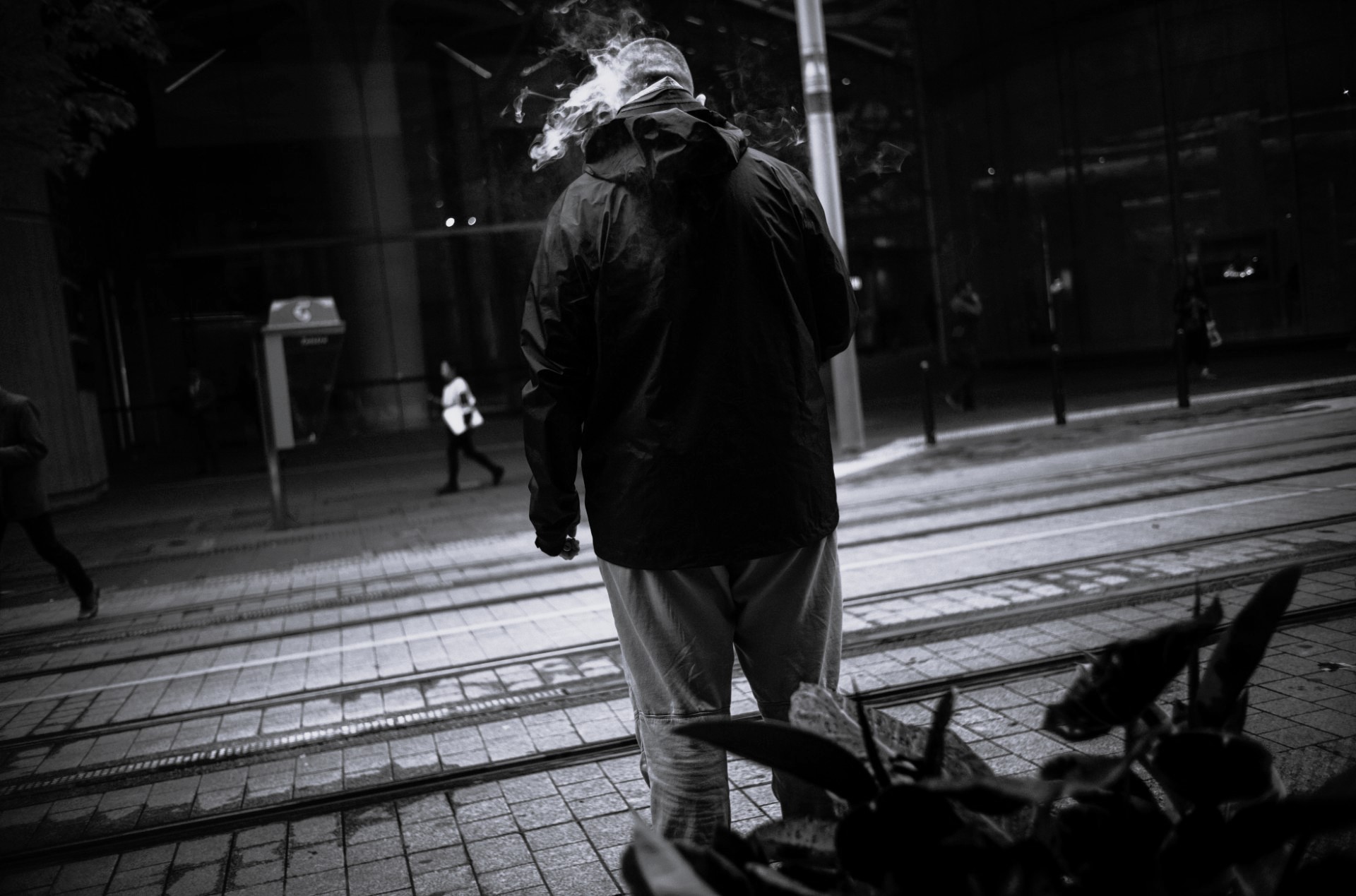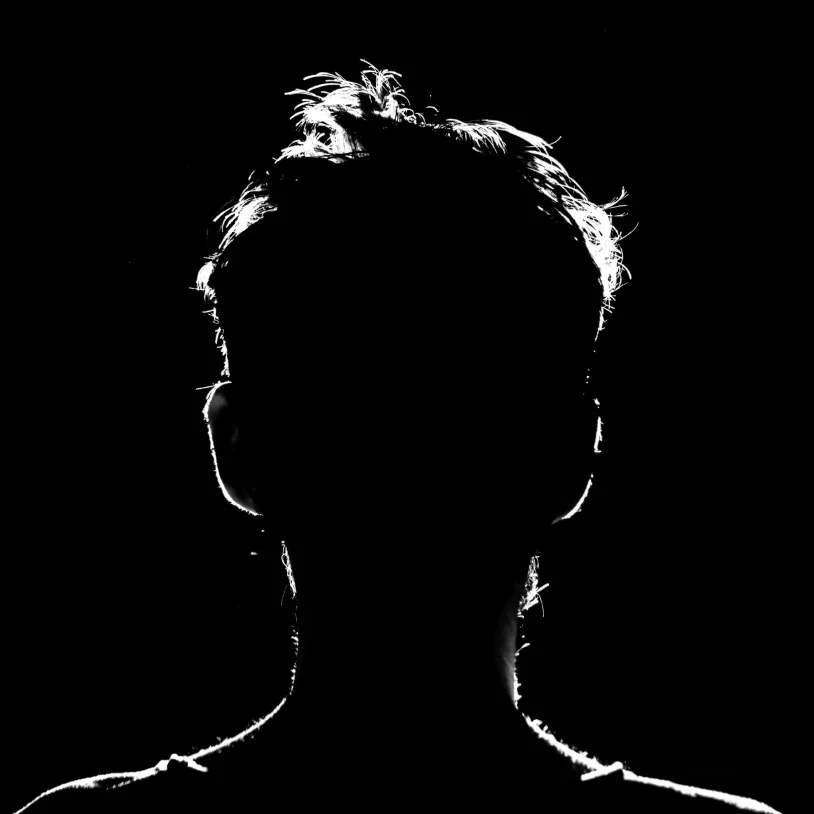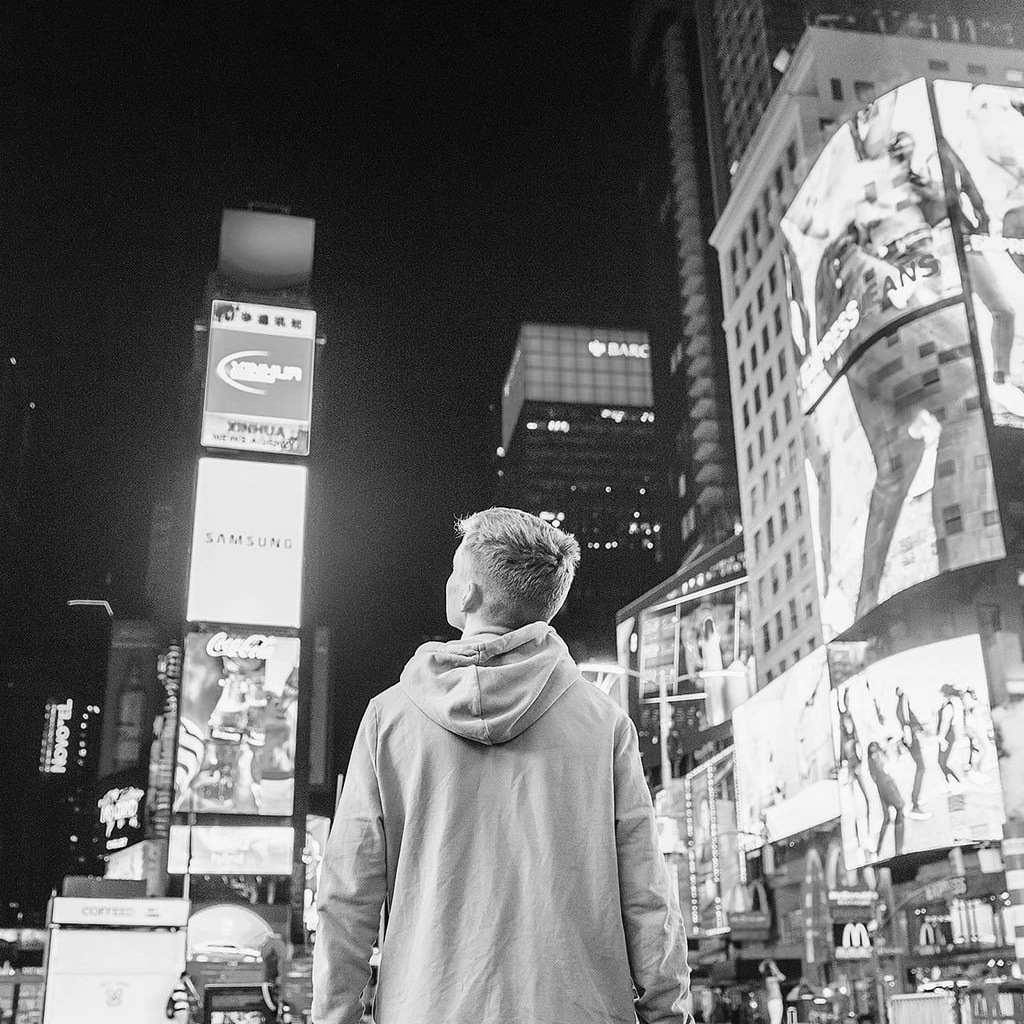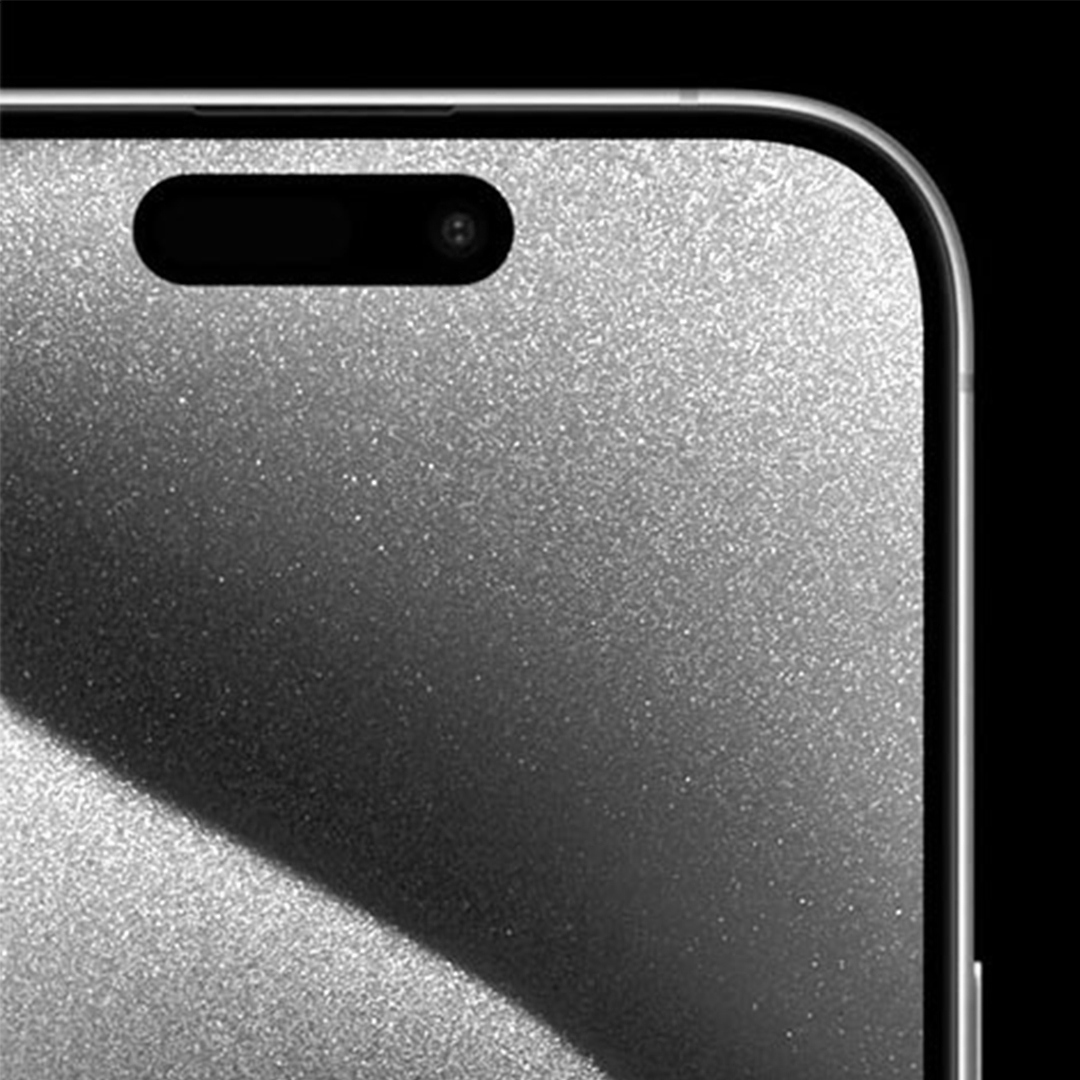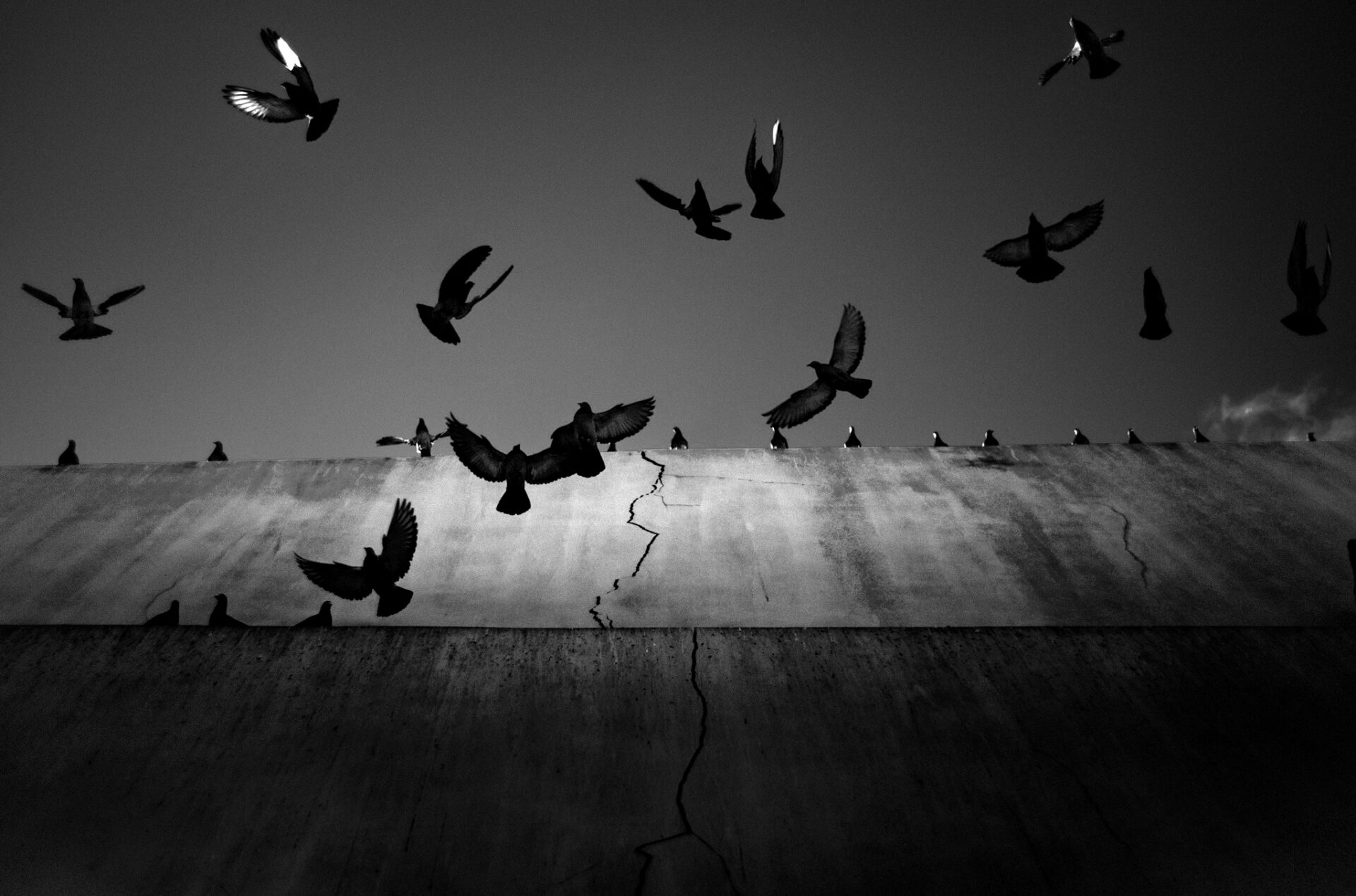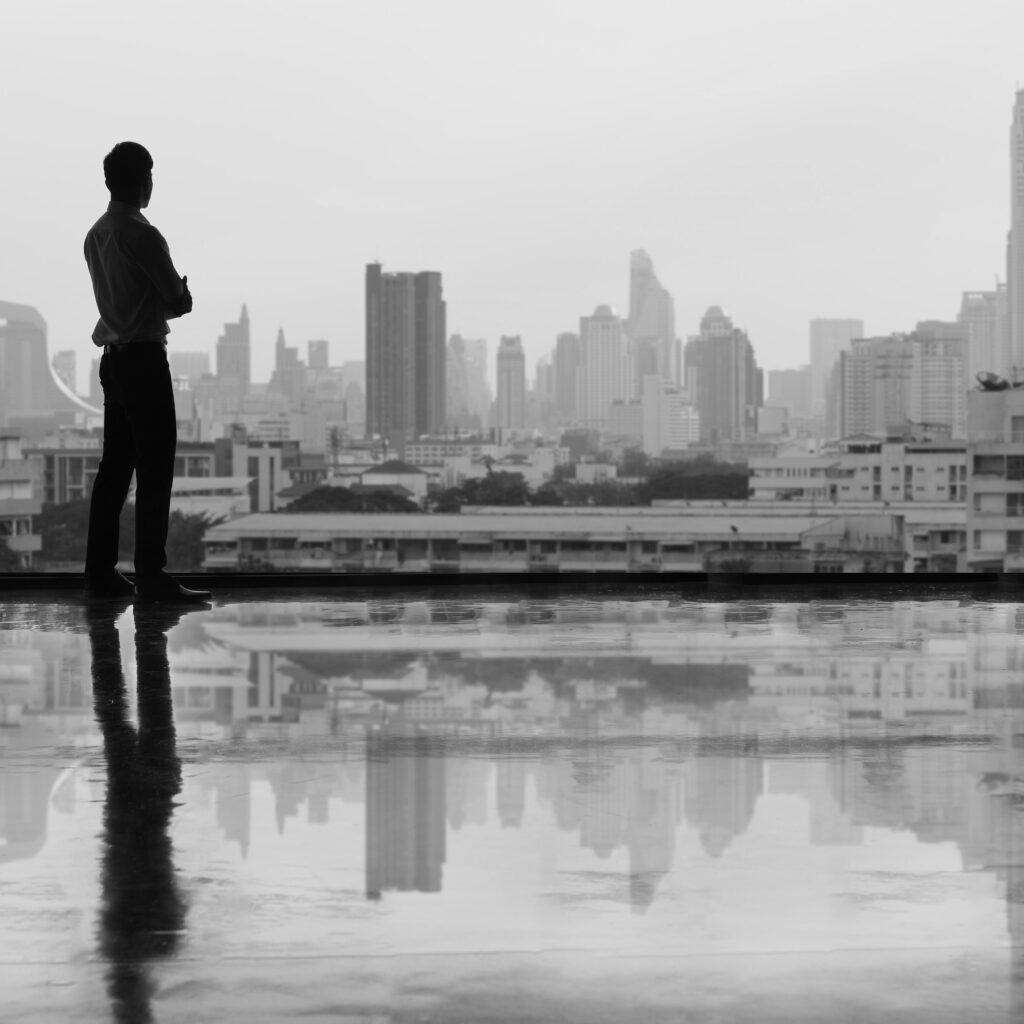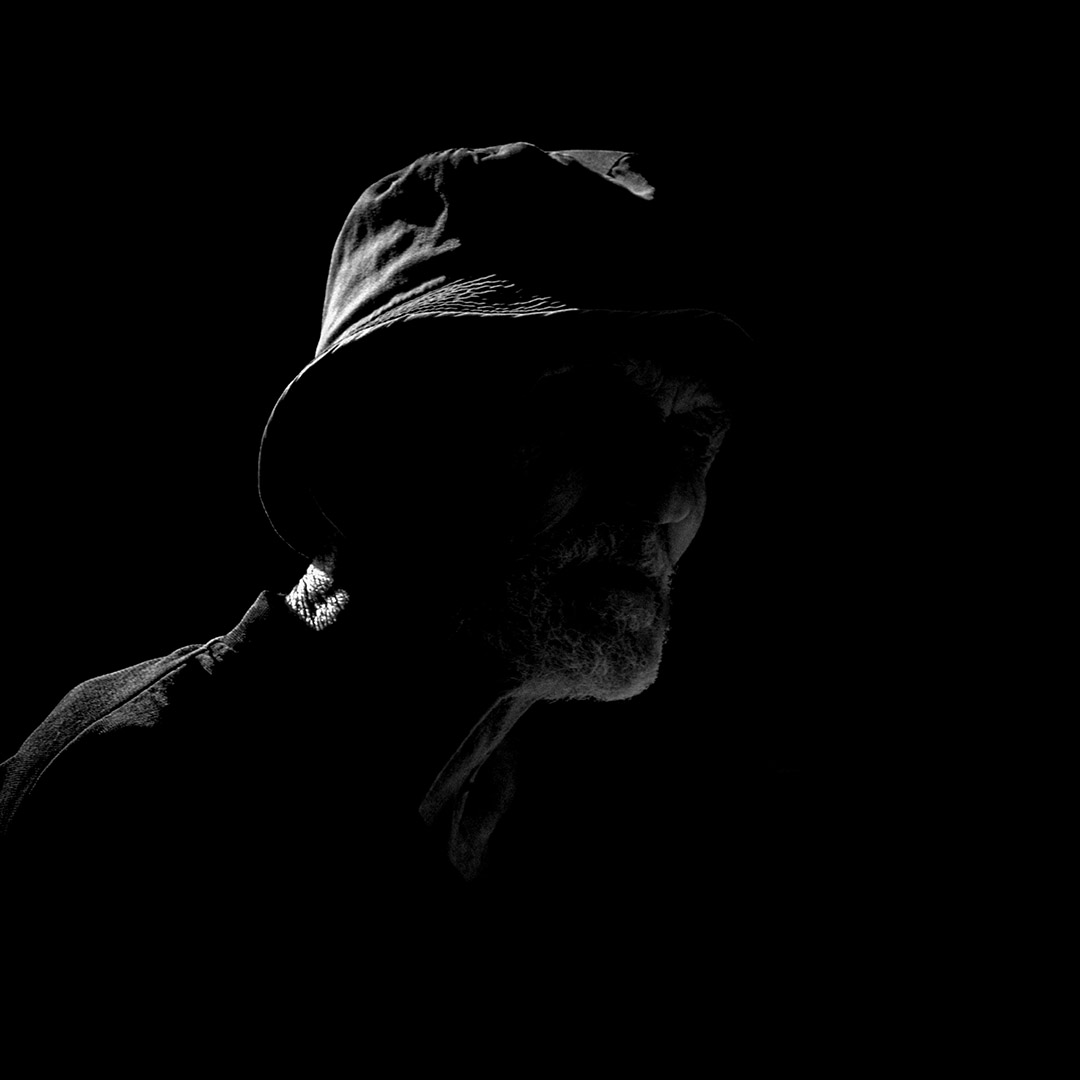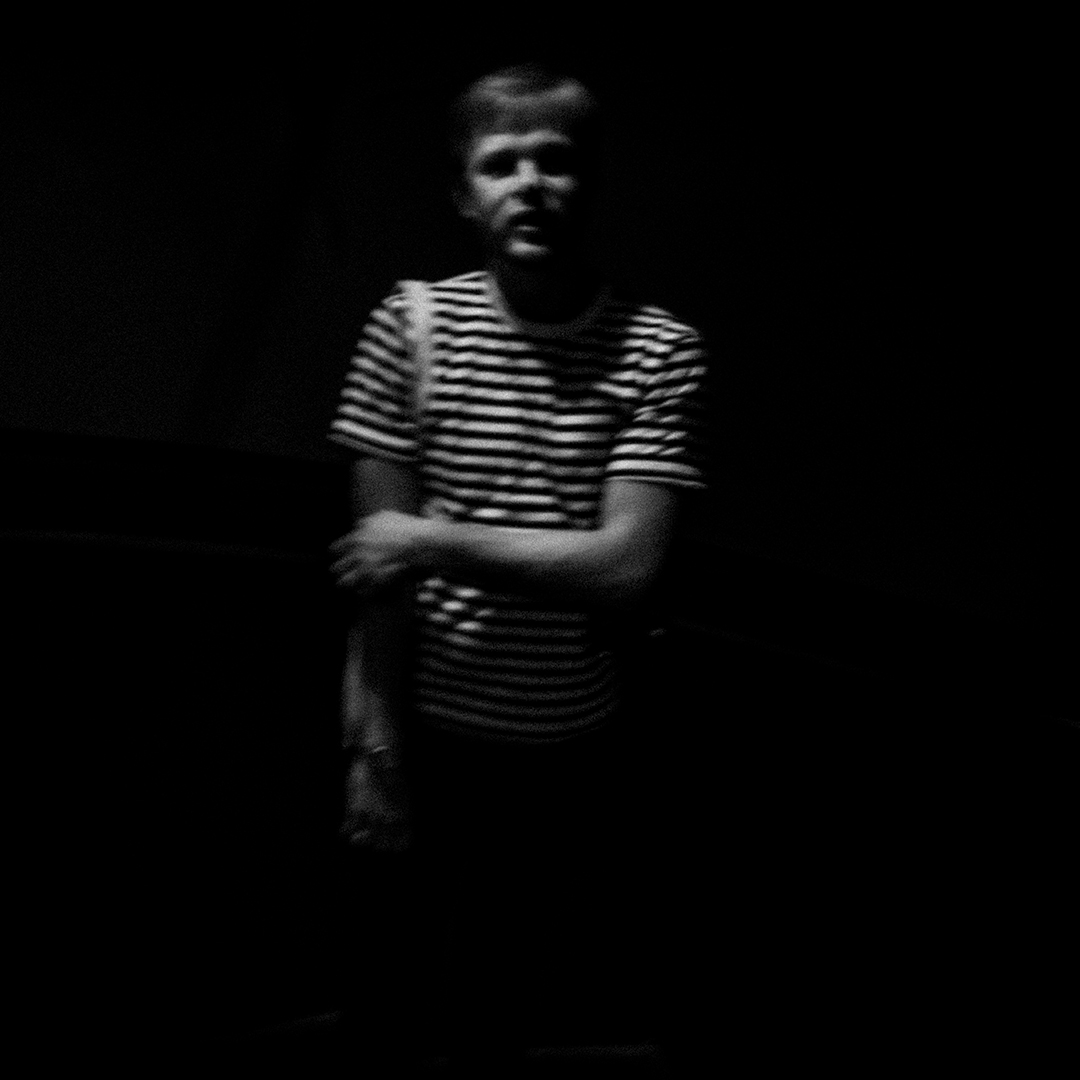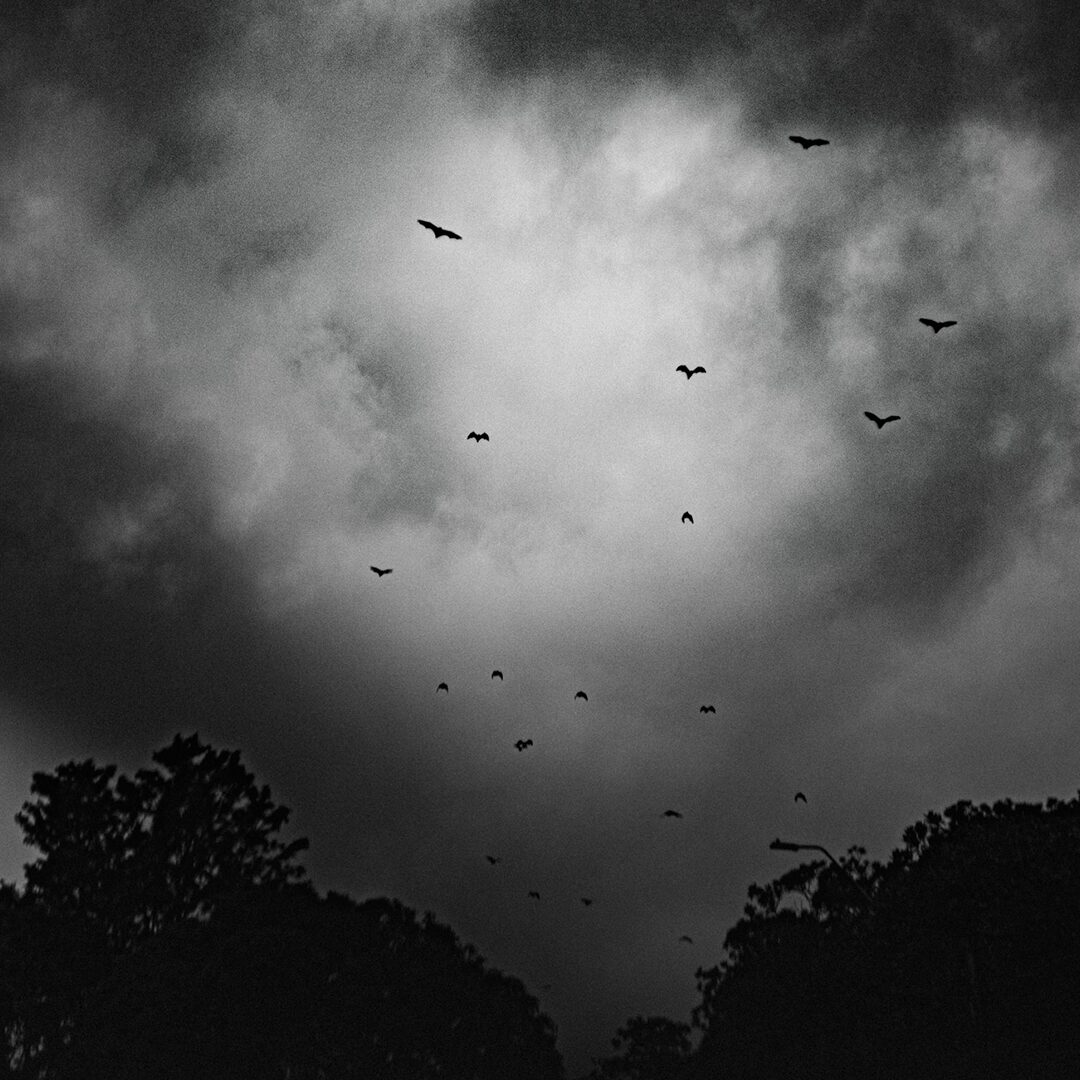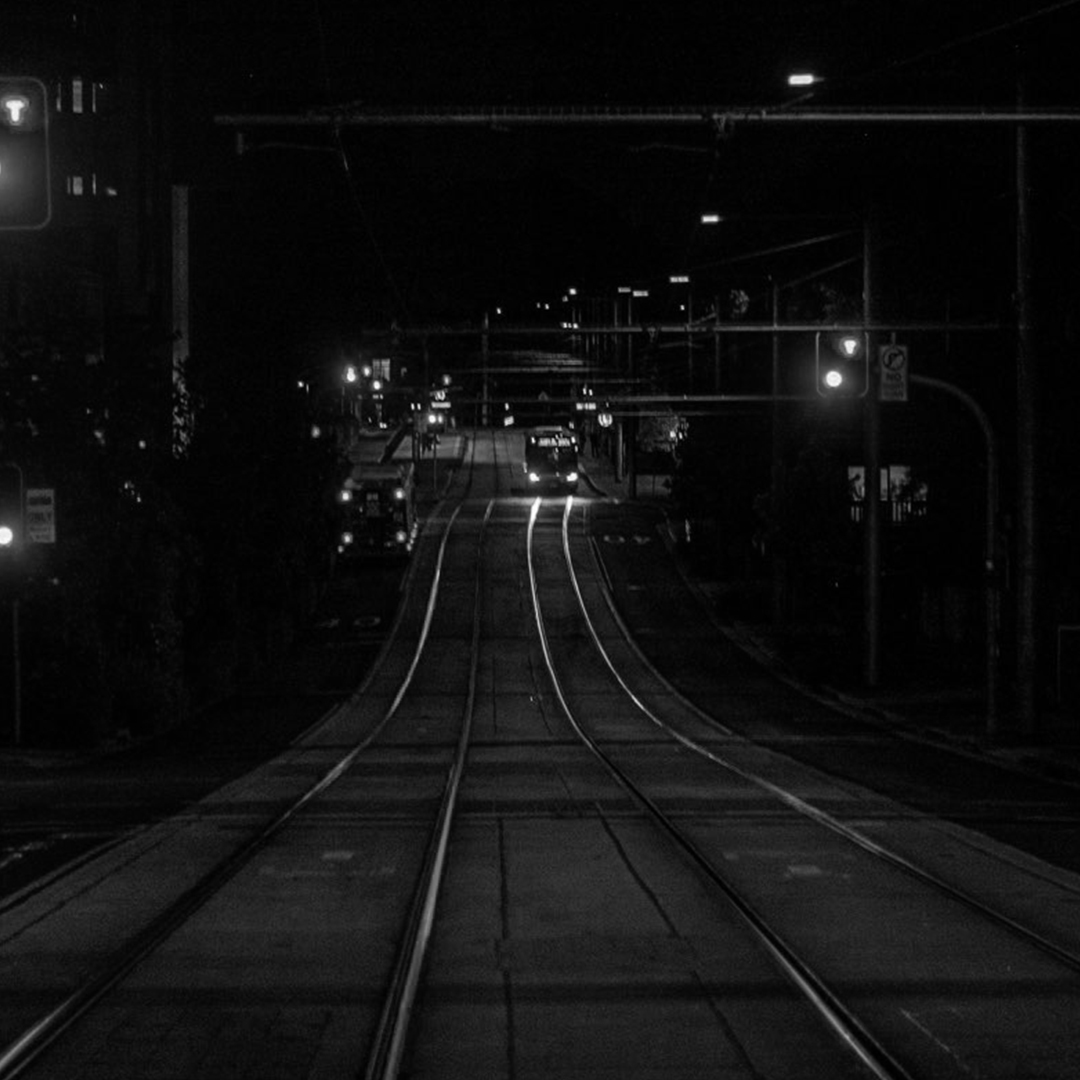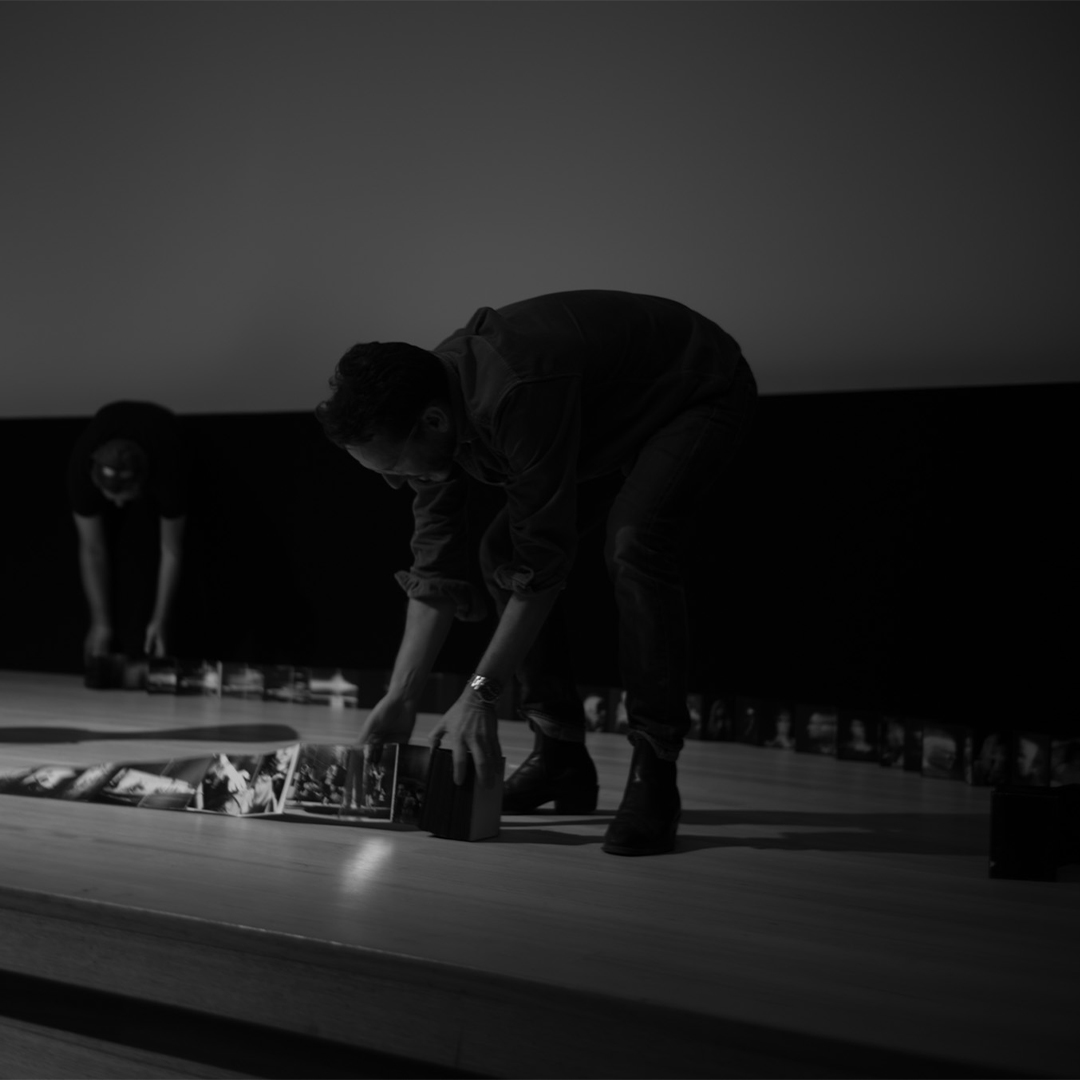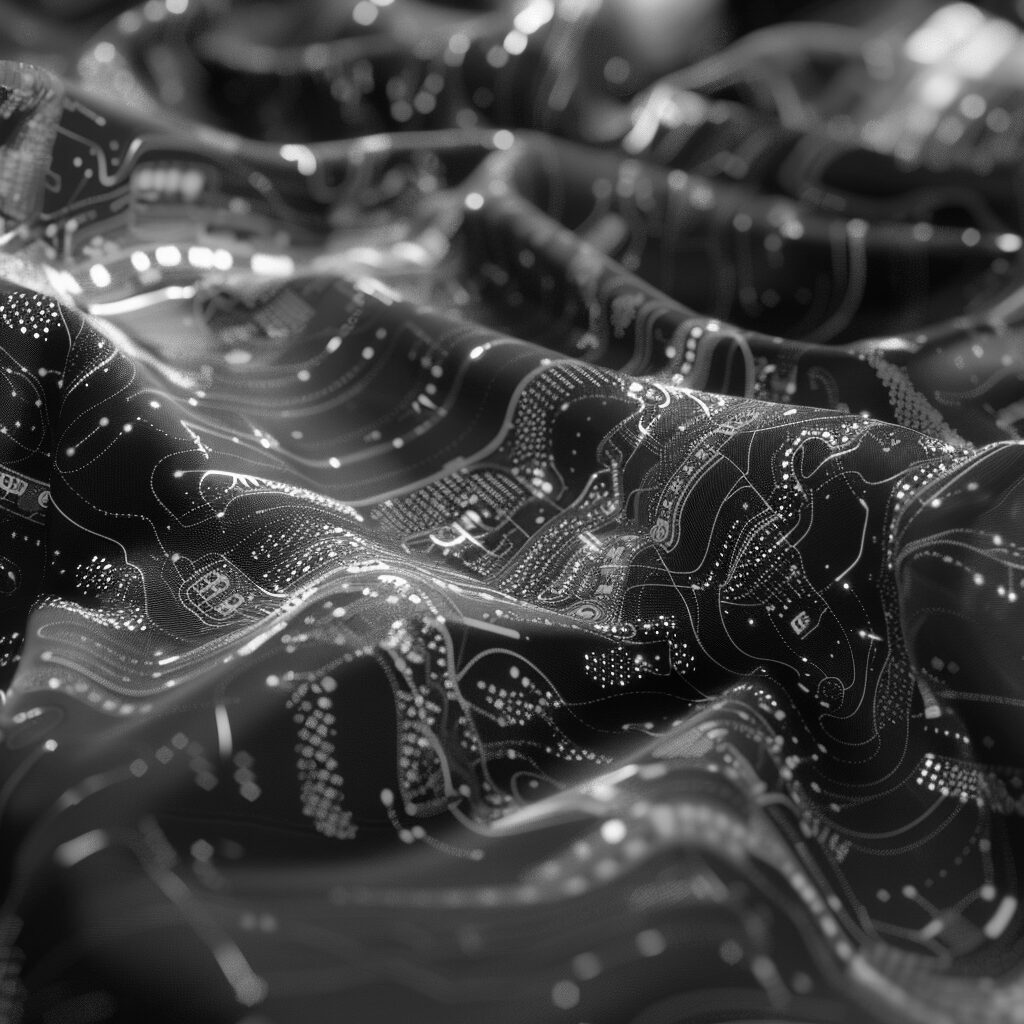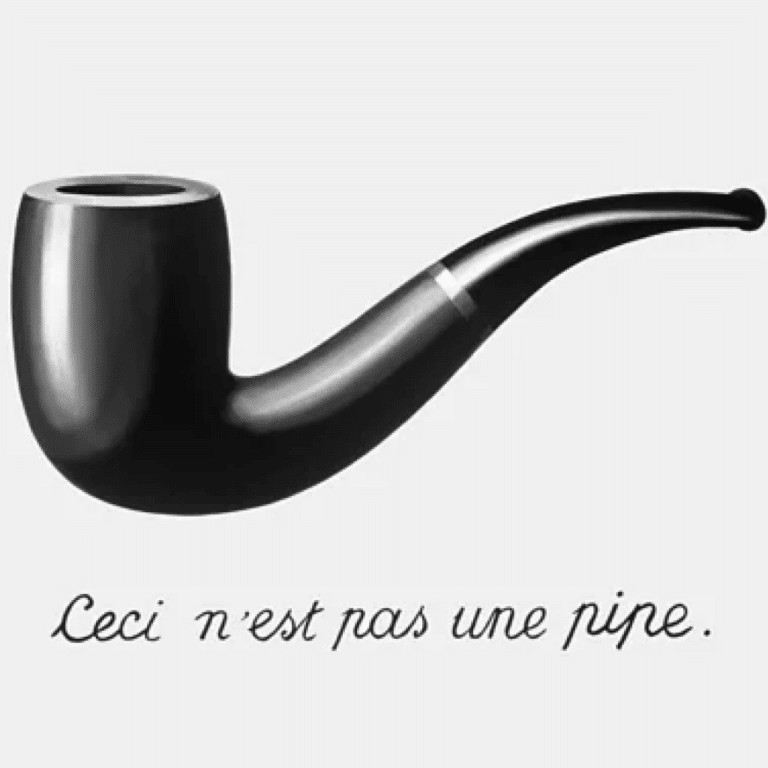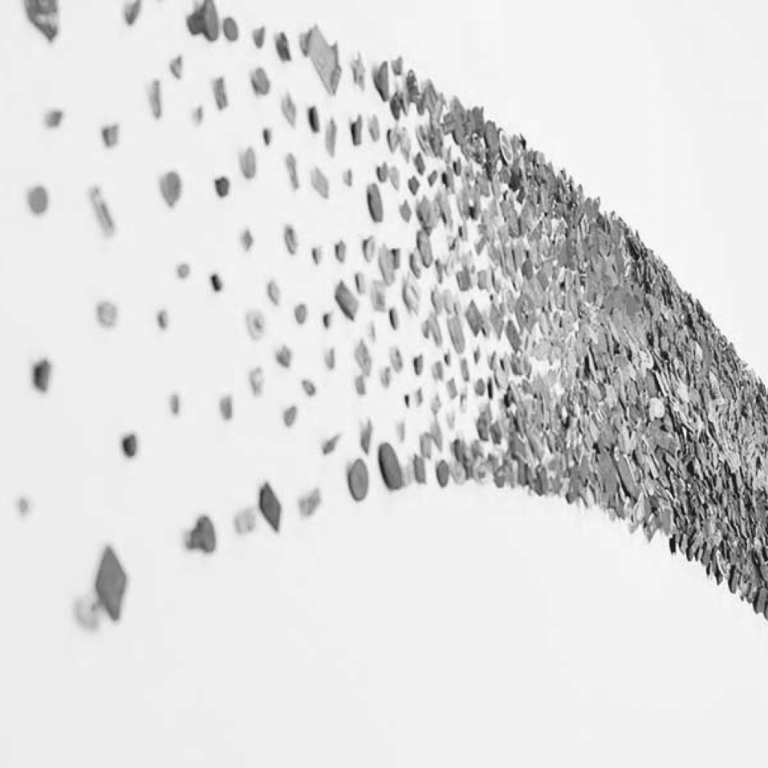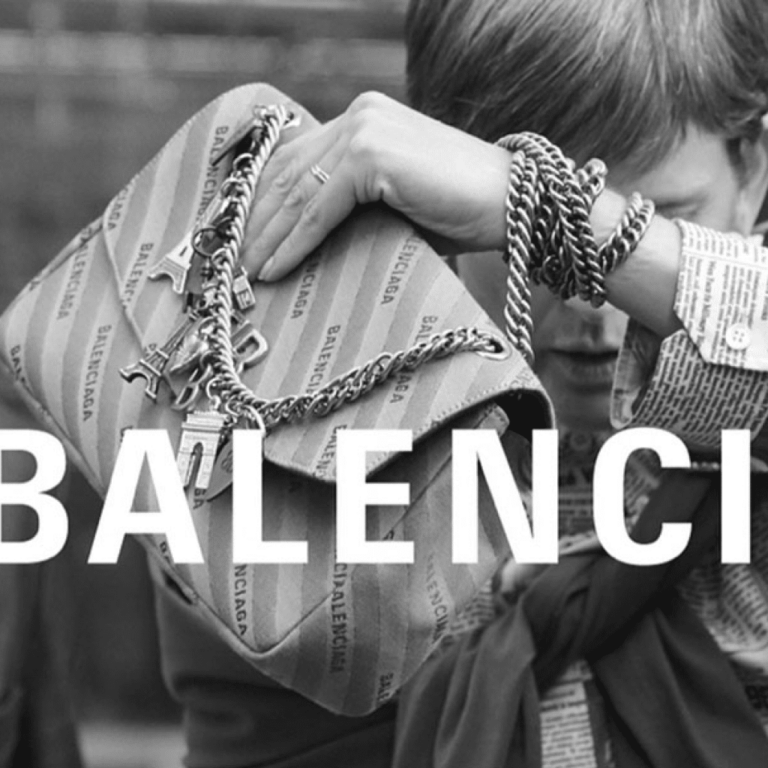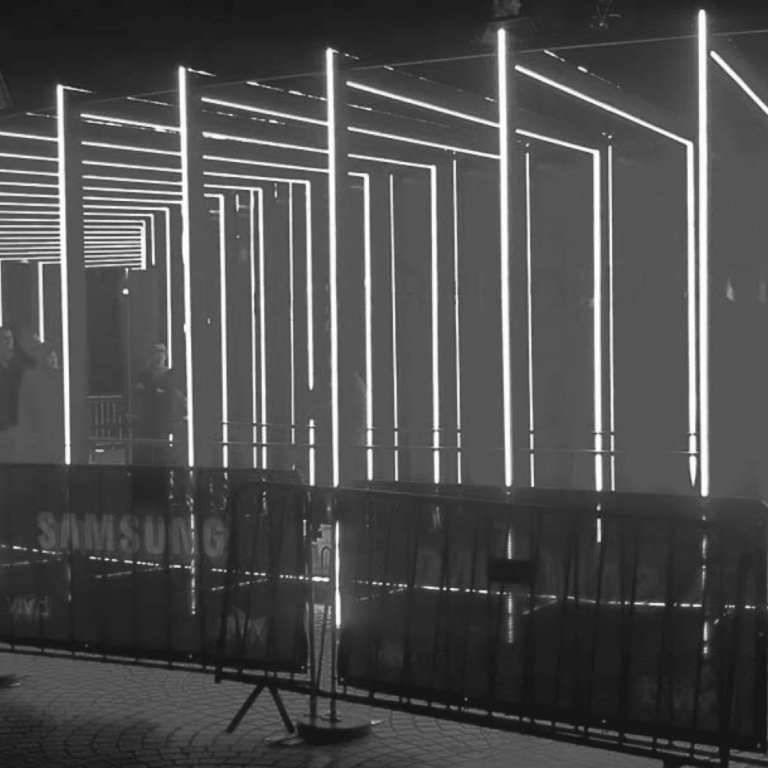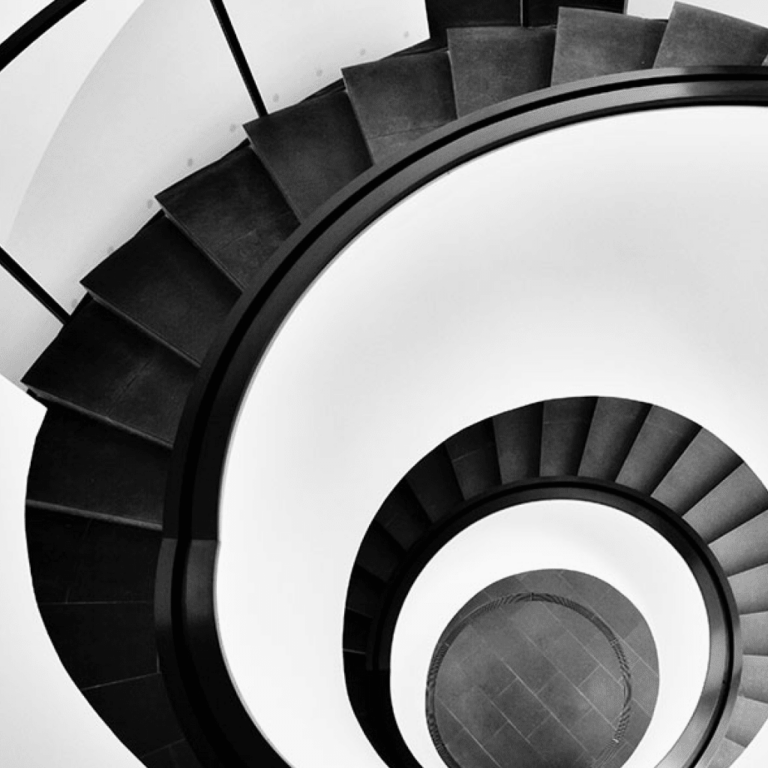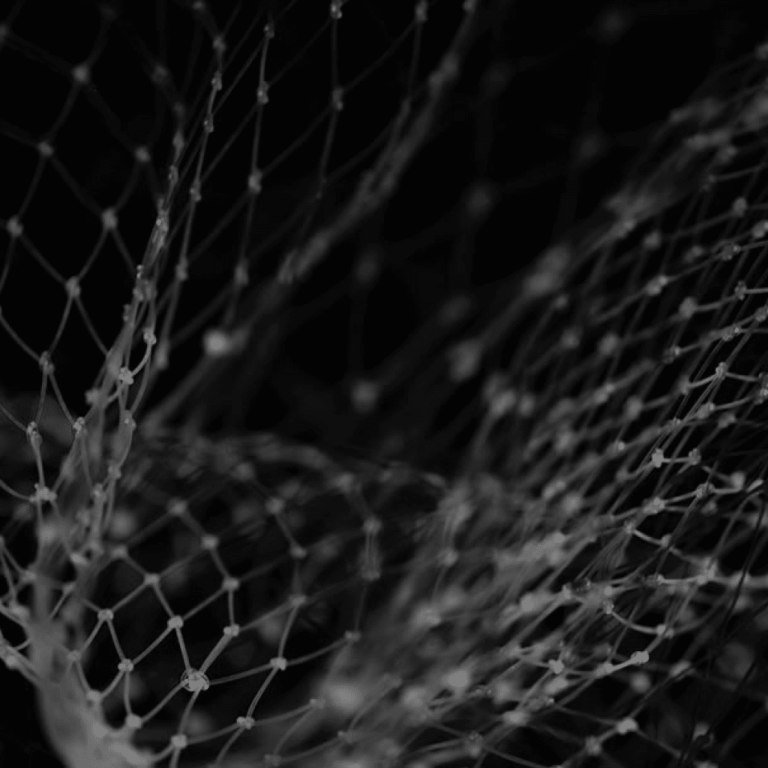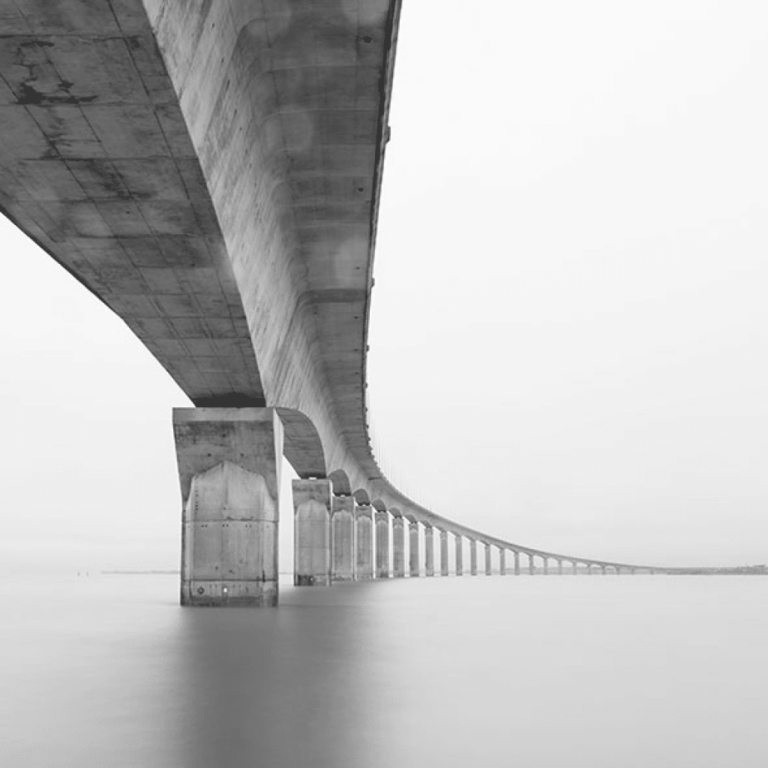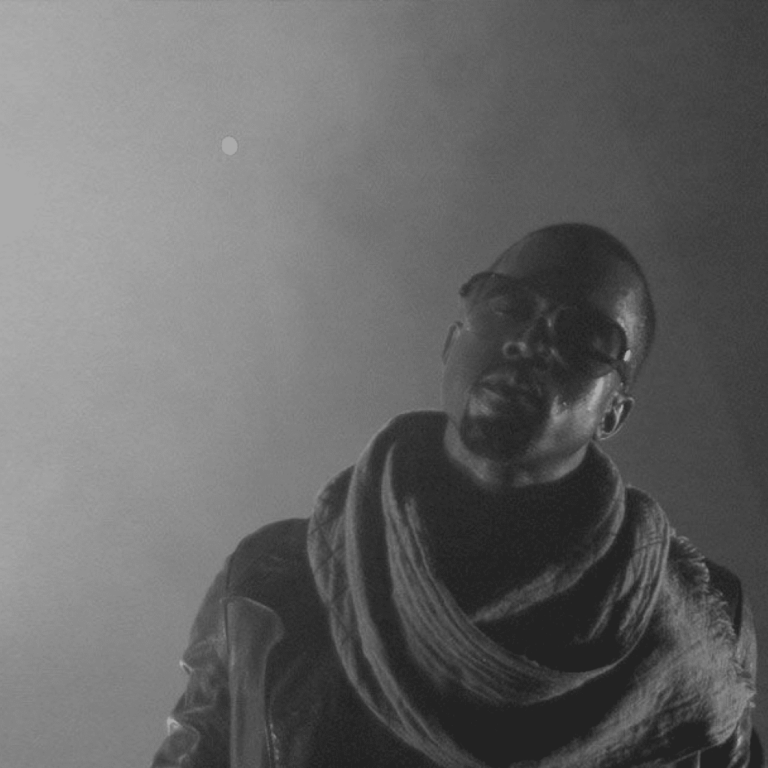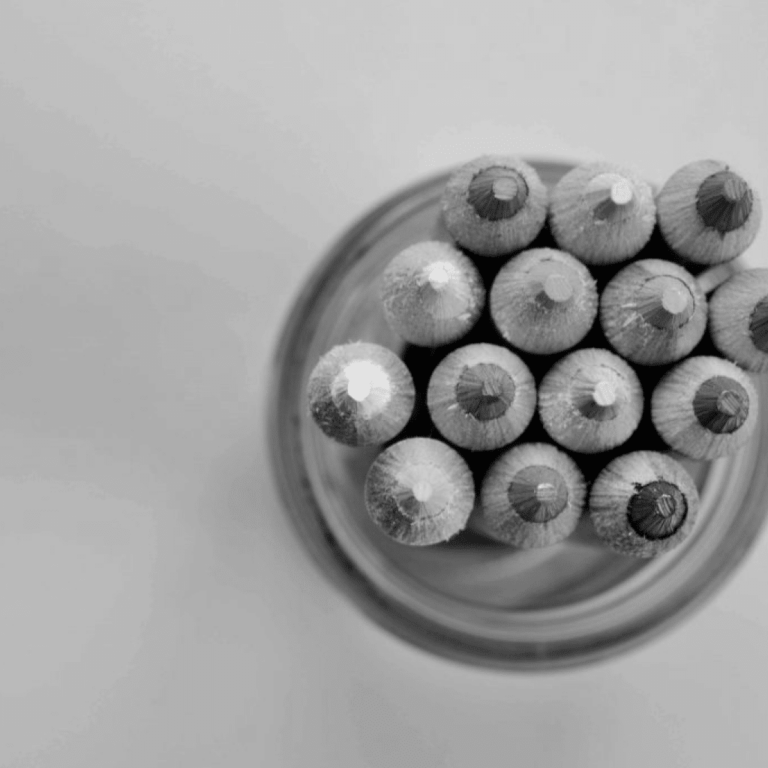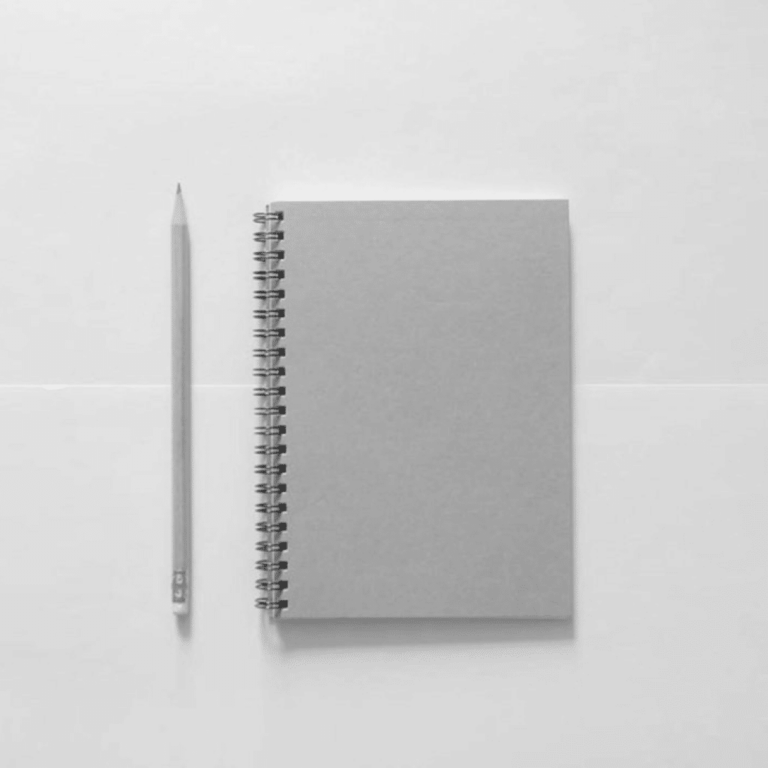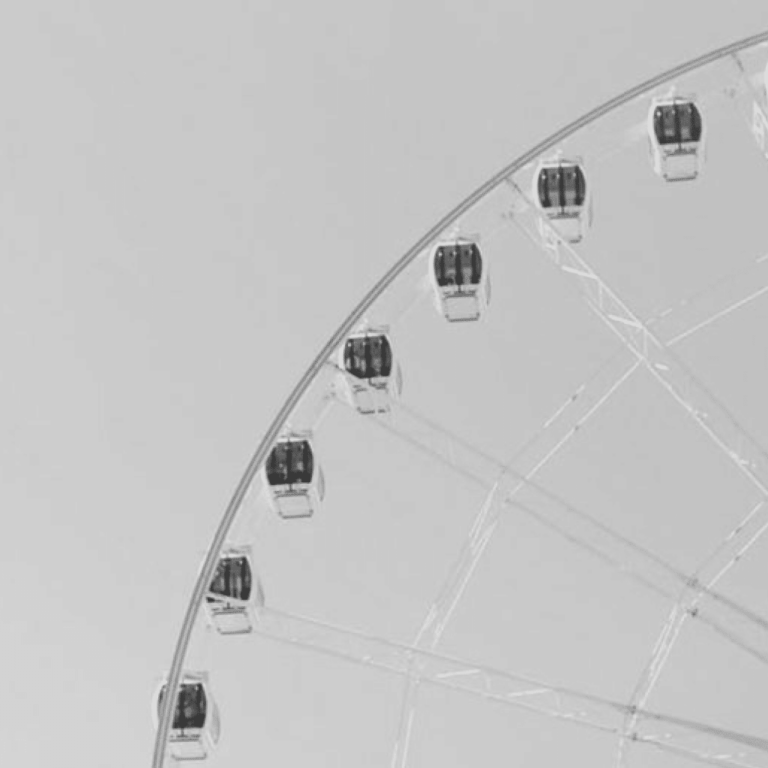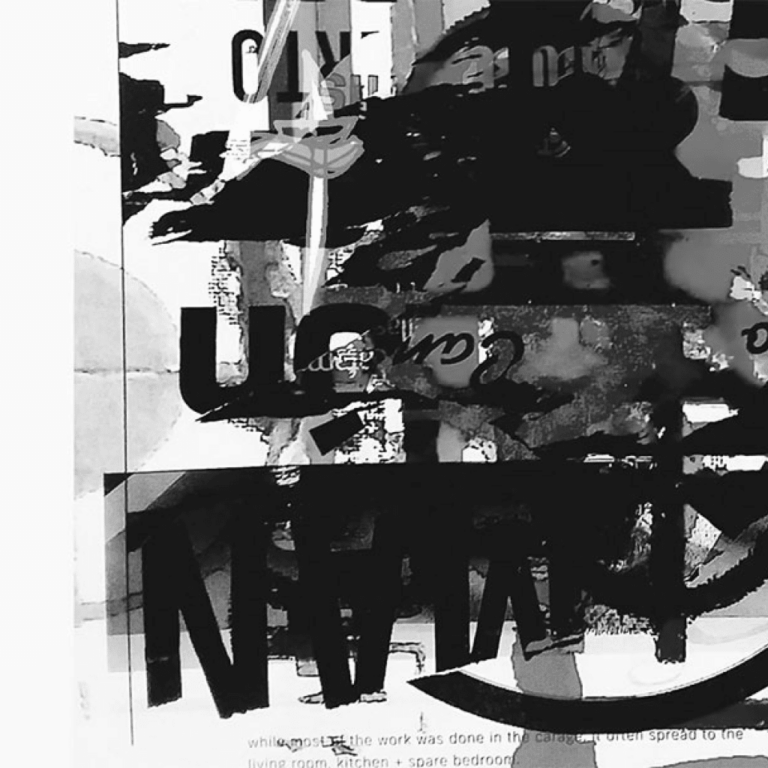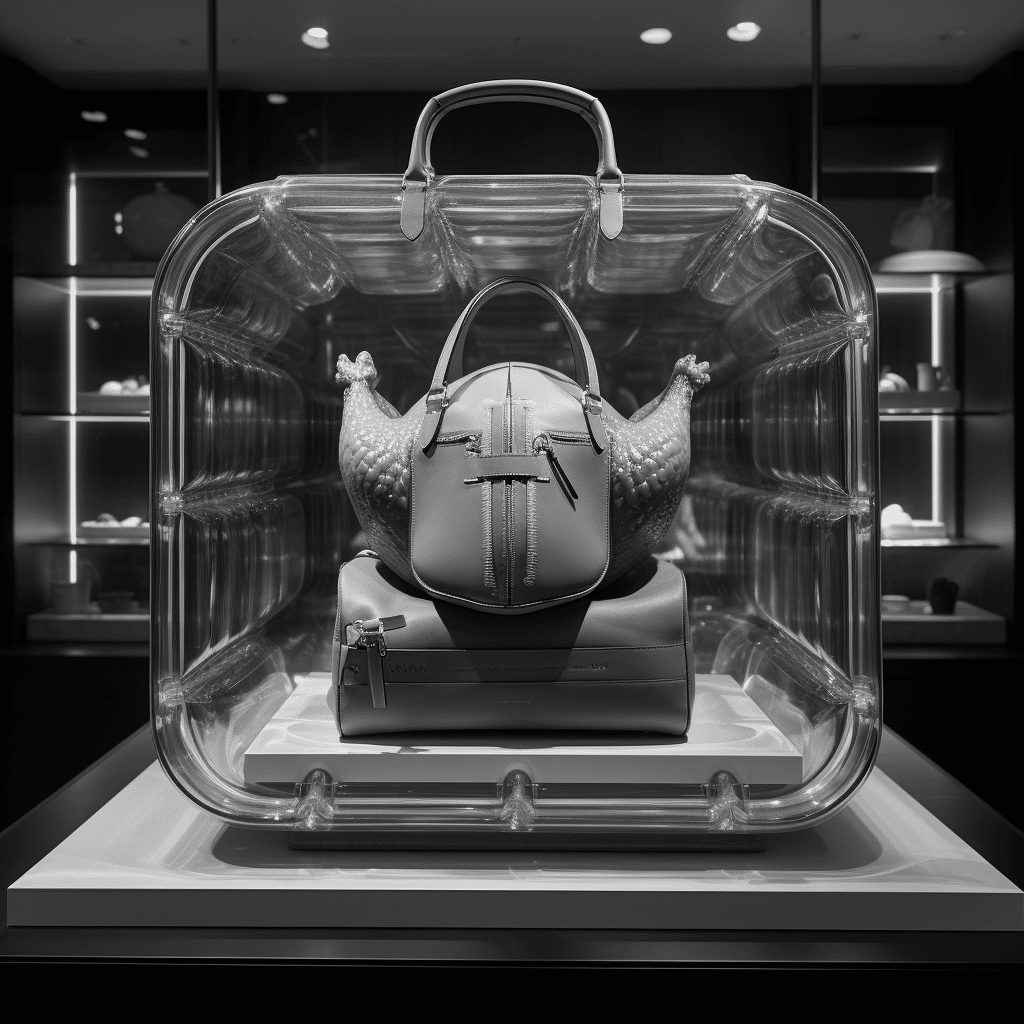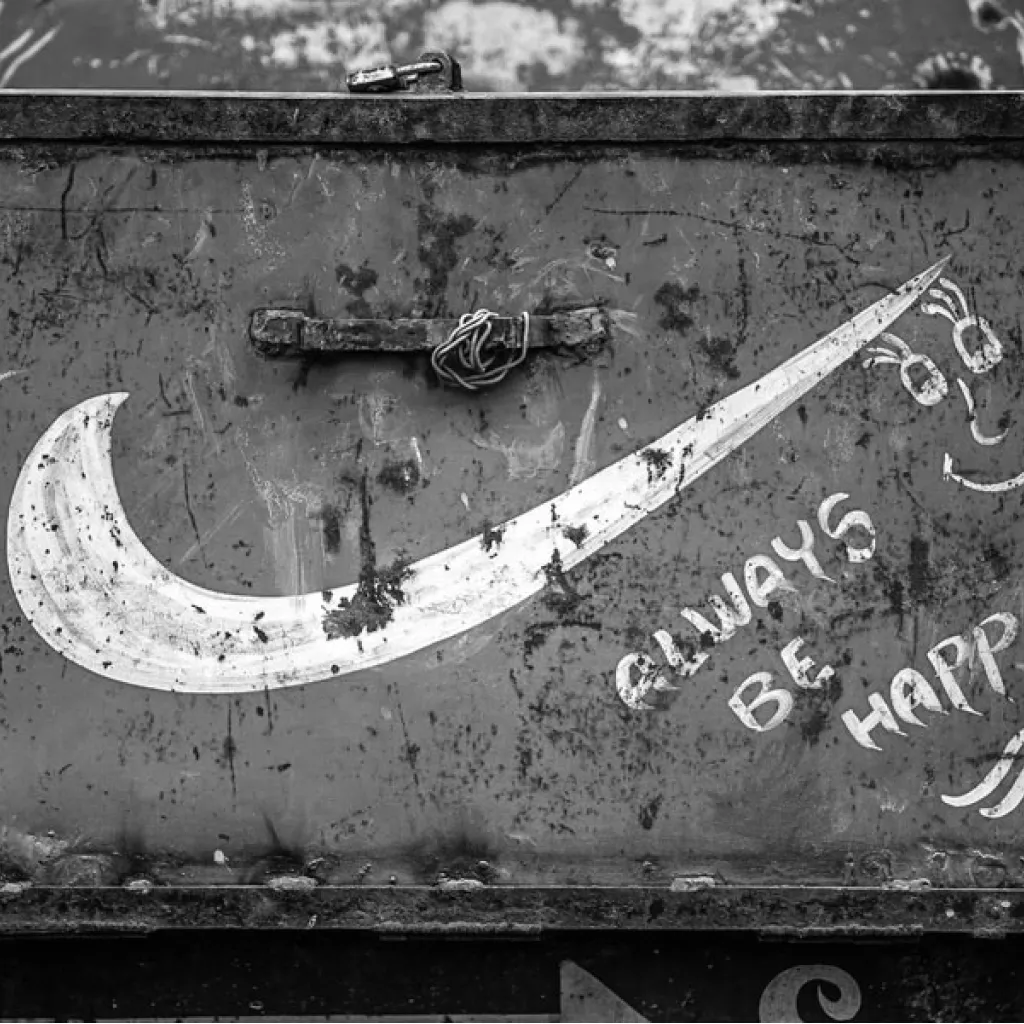INSIGHTS / CREATIVE, DESIGN & PHILOSOPHY
The Art of Seeing
DAN RATNER on 26/06/2024 | Photography by @streetscaping
“Walking through the city, I find moments worth capturing—glances, shadows, movements that generally go unnoticed.
Each shot is a snapshot of life, raw and unfiltered.
But the real magic happens later, in the quiet of my studio, where I employ reverse etching to transform these moments into something more profound.”
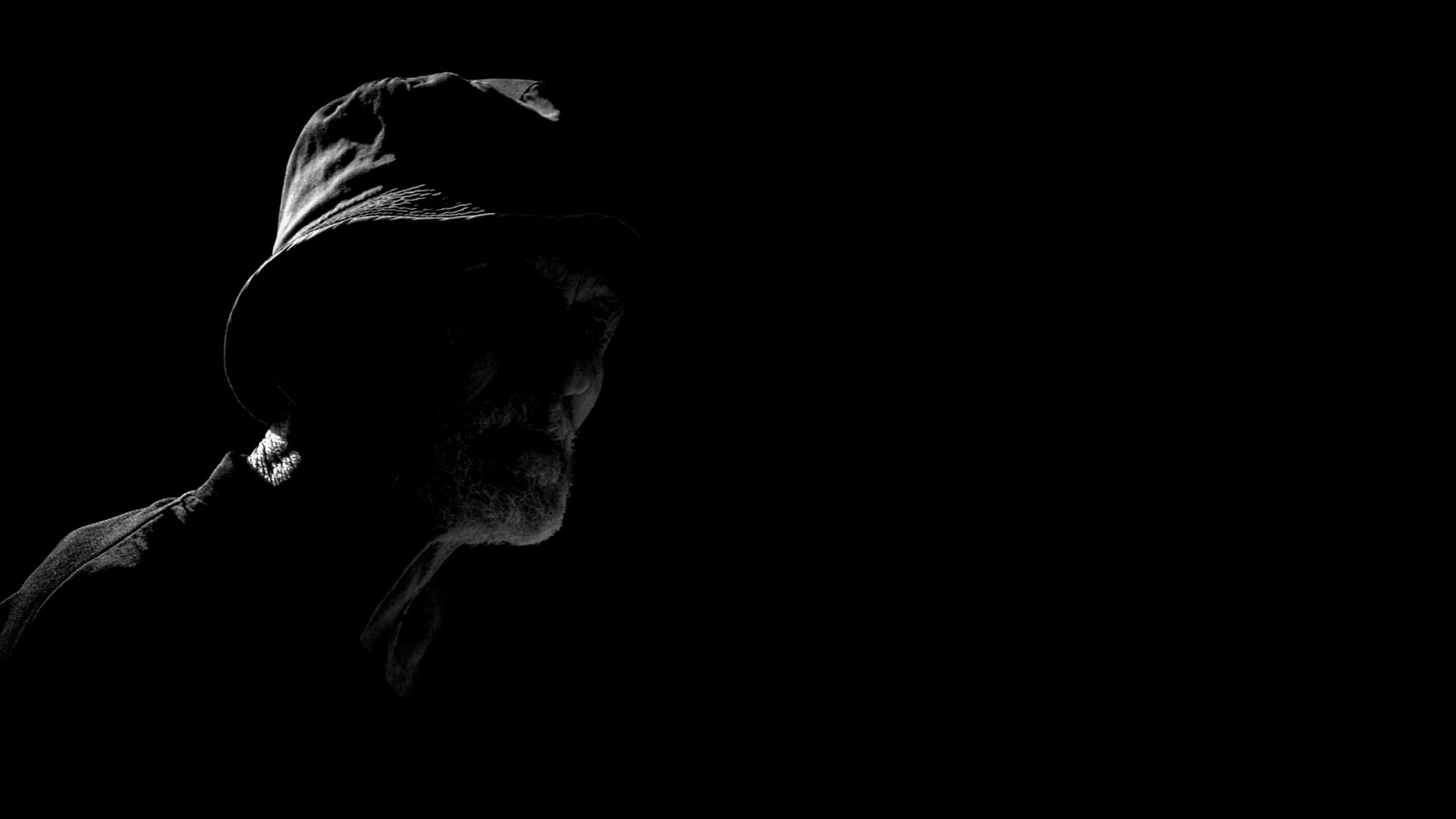
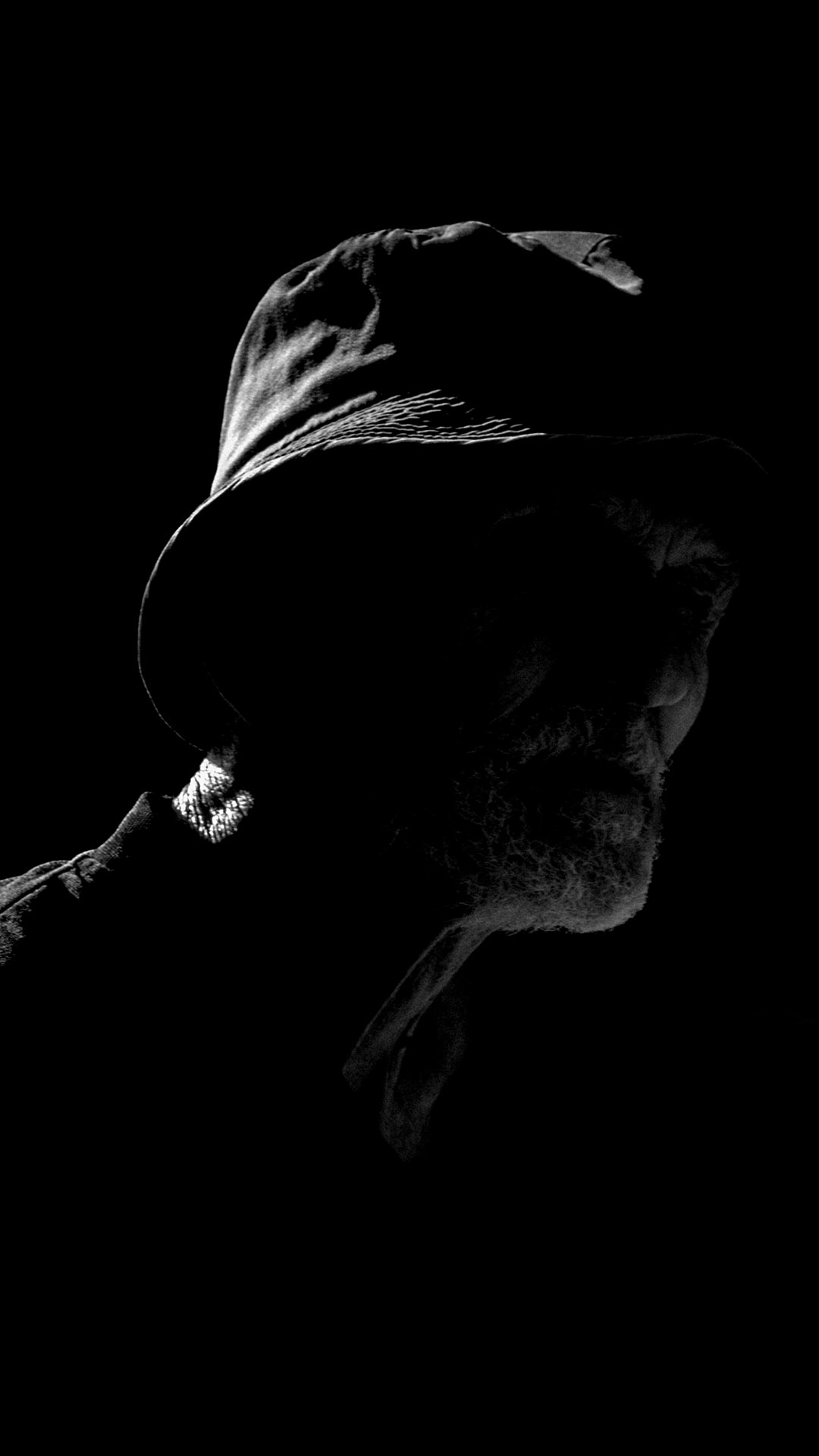
In the city’s heart, the camera becomes an extension of my eyes, catching the light as it falls on faces, buildings, and everyday scenes. It’s spontaneous, an instinctive reaction to the world around me.
Each shot tells a story, but the story doesn’t end with the click of the shutter.
In my studio, I pull each image into the depths of darkness. The familiar scenes dissolving to black, creating a canvas waiting to be brought back to life.
This is where my process of reverse etching begins.
I carefully etch out the white details, letting the light reemerge selectively.
It’s like sculpting with shadows, bringing out textures and features that were hidden.
A man’s face in deep thought, the texture of an old brick wall, a fleeting glance—they all come alive against the dark background.
Take, for instance, the photo of a person vaping. In the original shot, it’s a simple street scene. But with reverse etching, the play of light and shadow becomes dramatic, highlighting the smoke within context the contours of their face and the drama of the background.
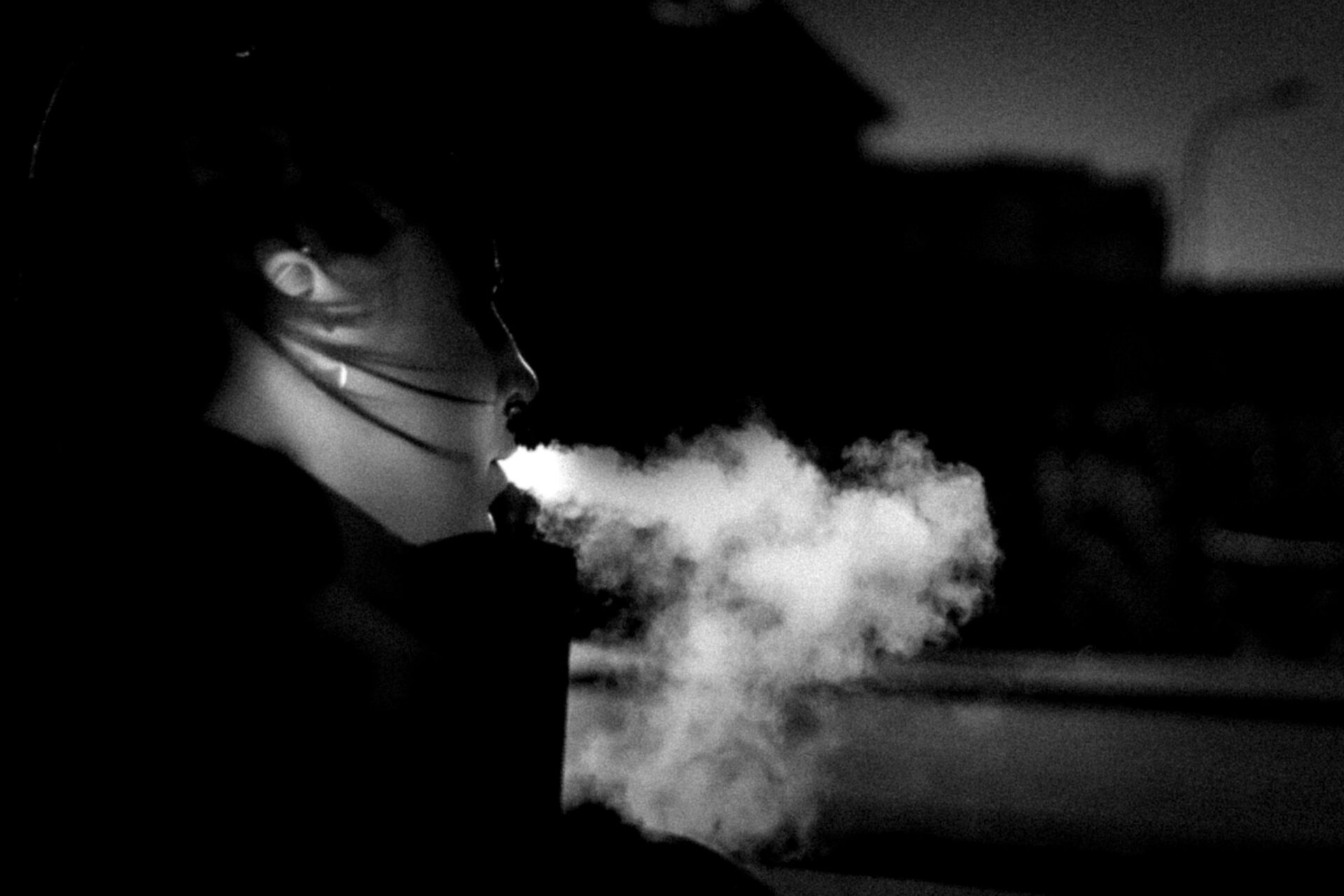
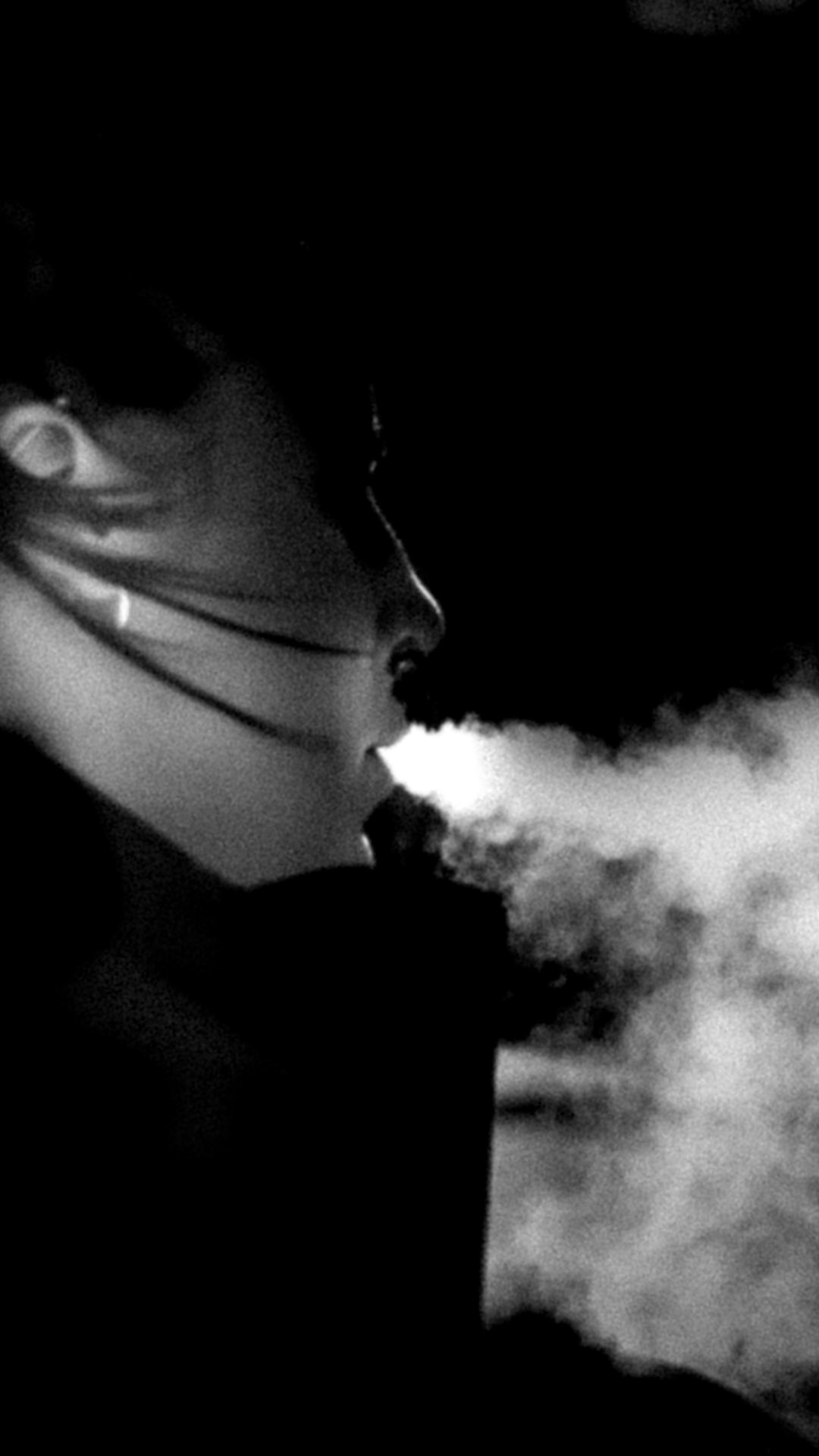
It’s not just a photograph; it’s a moment suspended in time, rich with detail with its emotion laid bare.
Another example is the shot of a man seen from behind, his shirt catching the light in a way that accentuates its texture and folds.
While the original photo would be an everyday scene. Through reverse etching, the contrast brings out the depth and character of the image, making it a striking portrait of anonymity and uneasy presence.
This technique isn’t about altering reality but about revealing the hidden beauty in it.
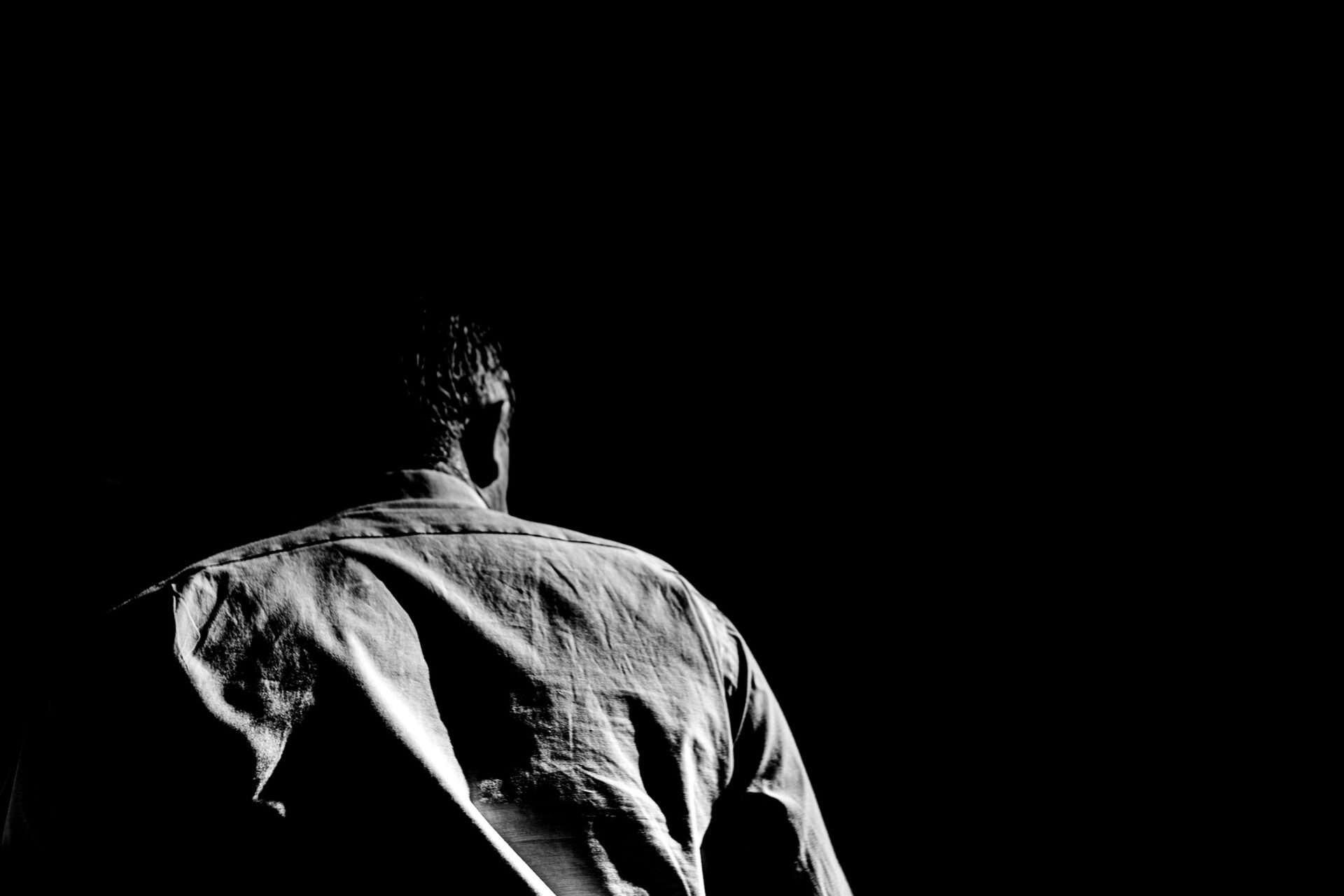
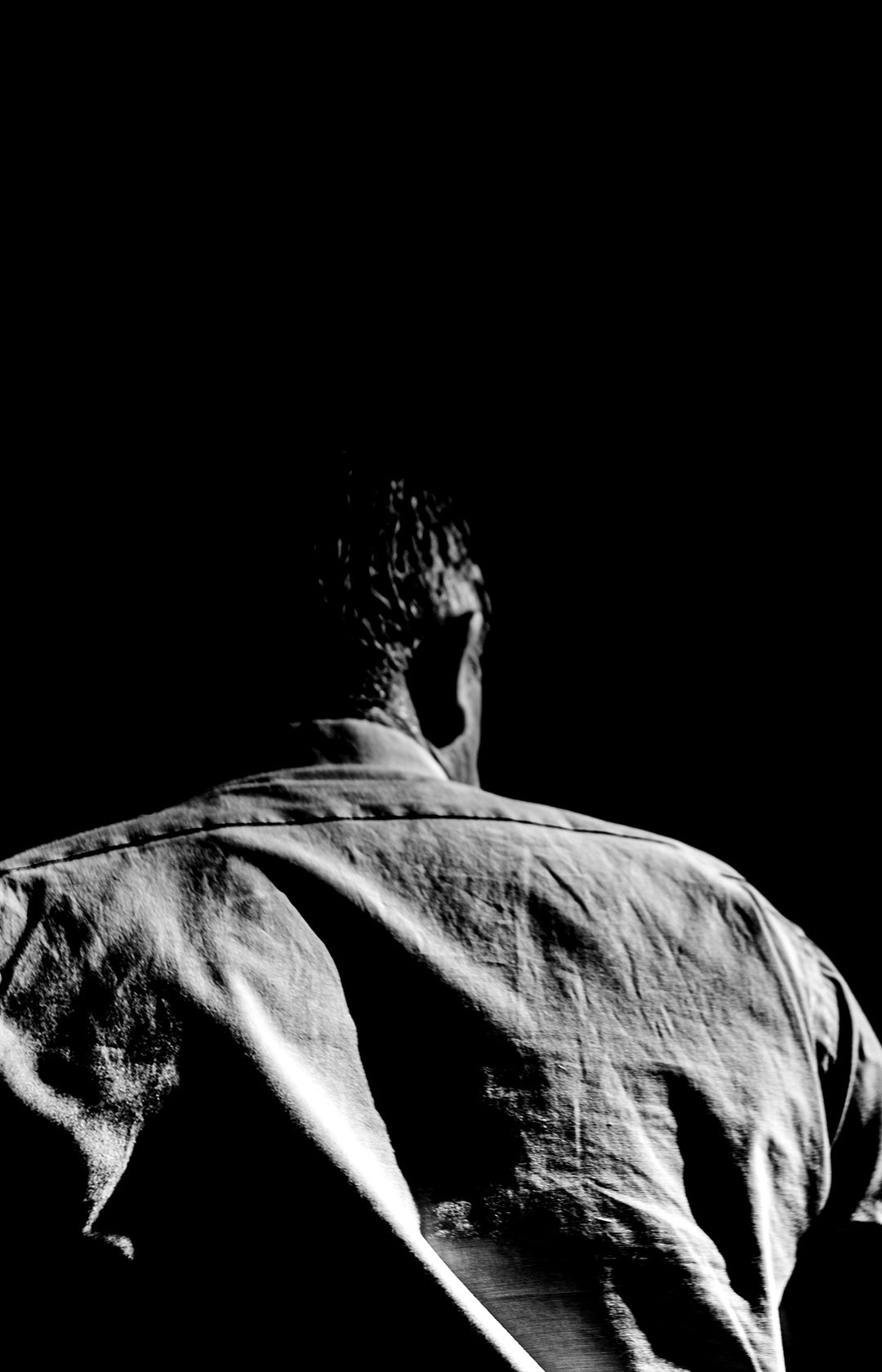
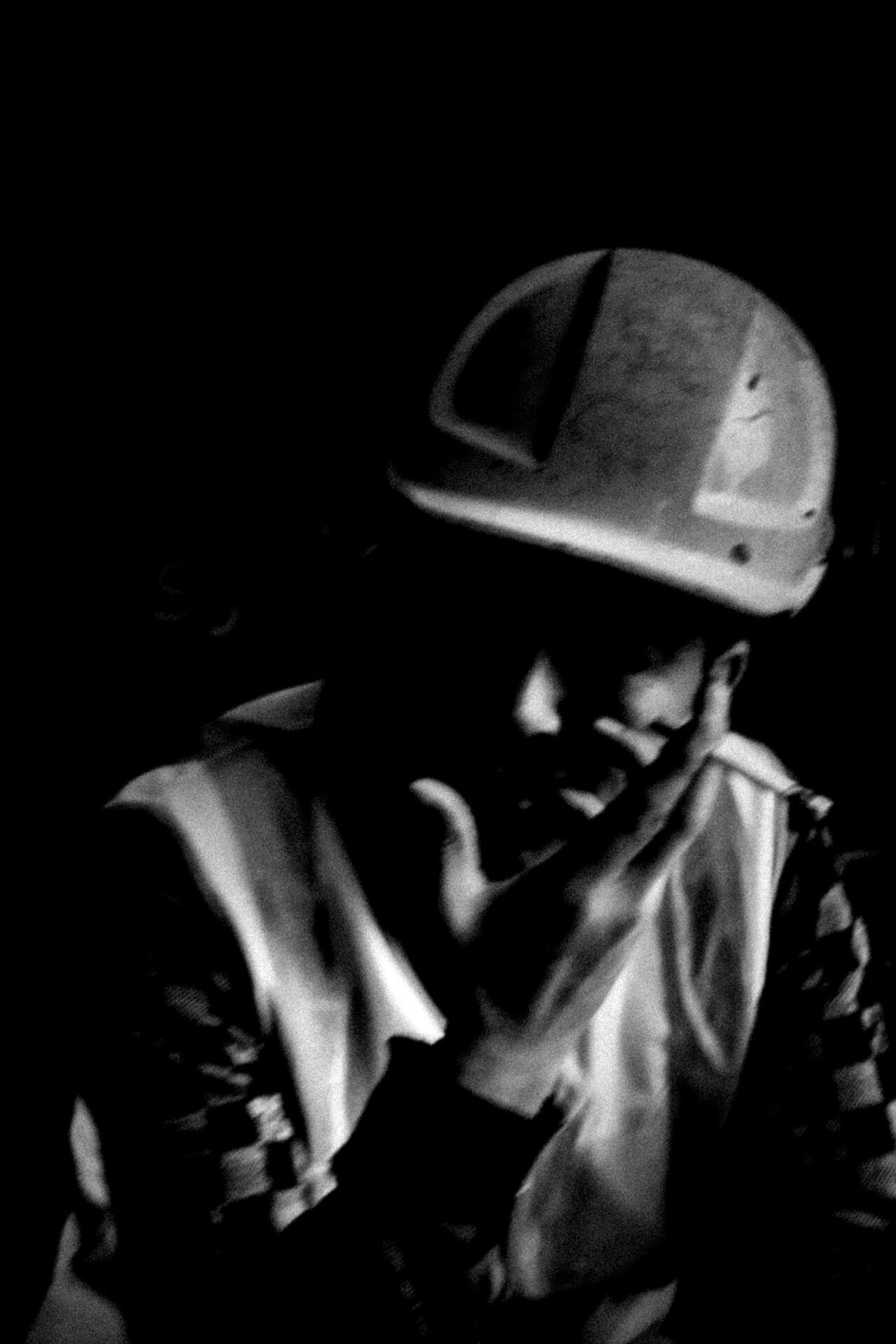
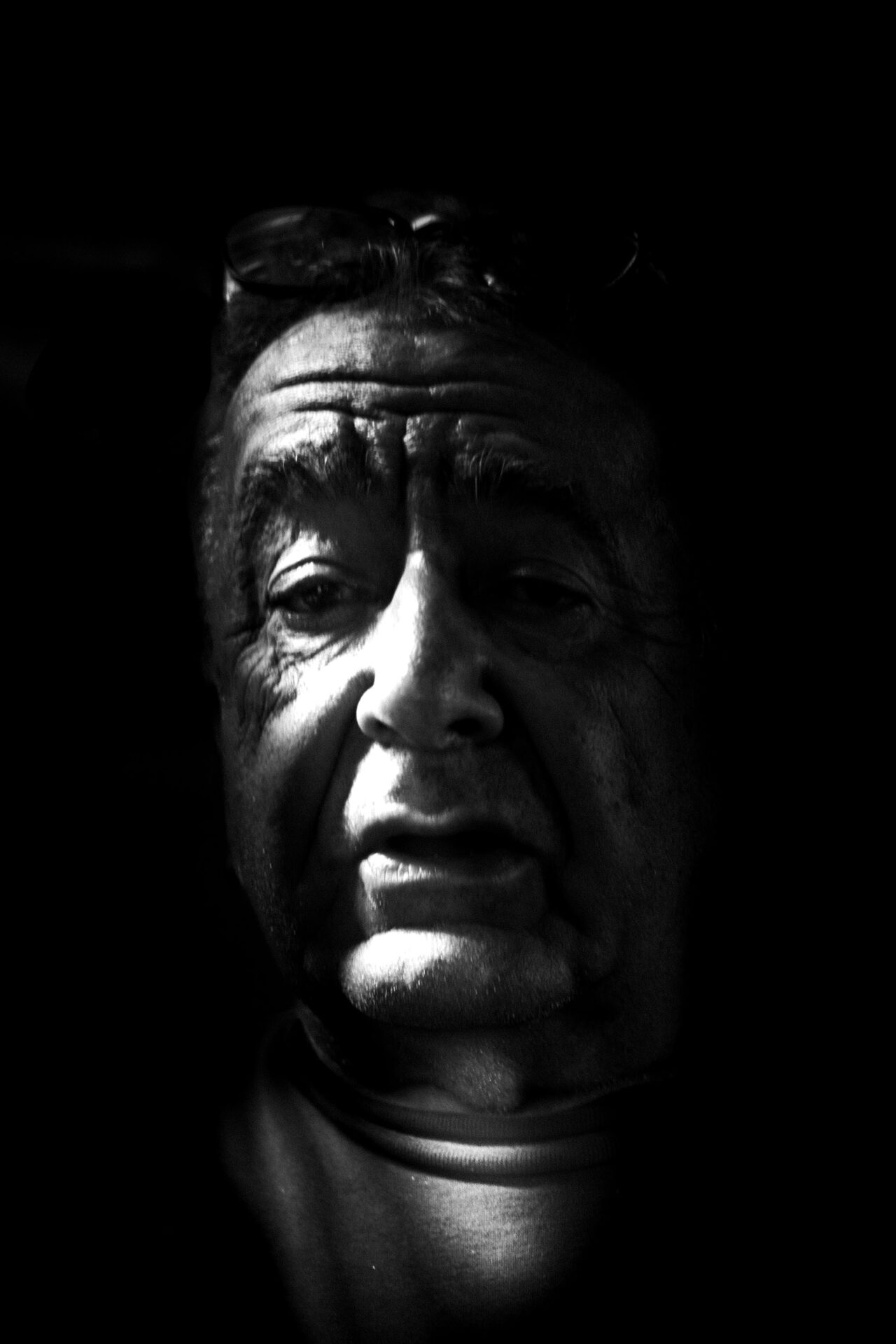
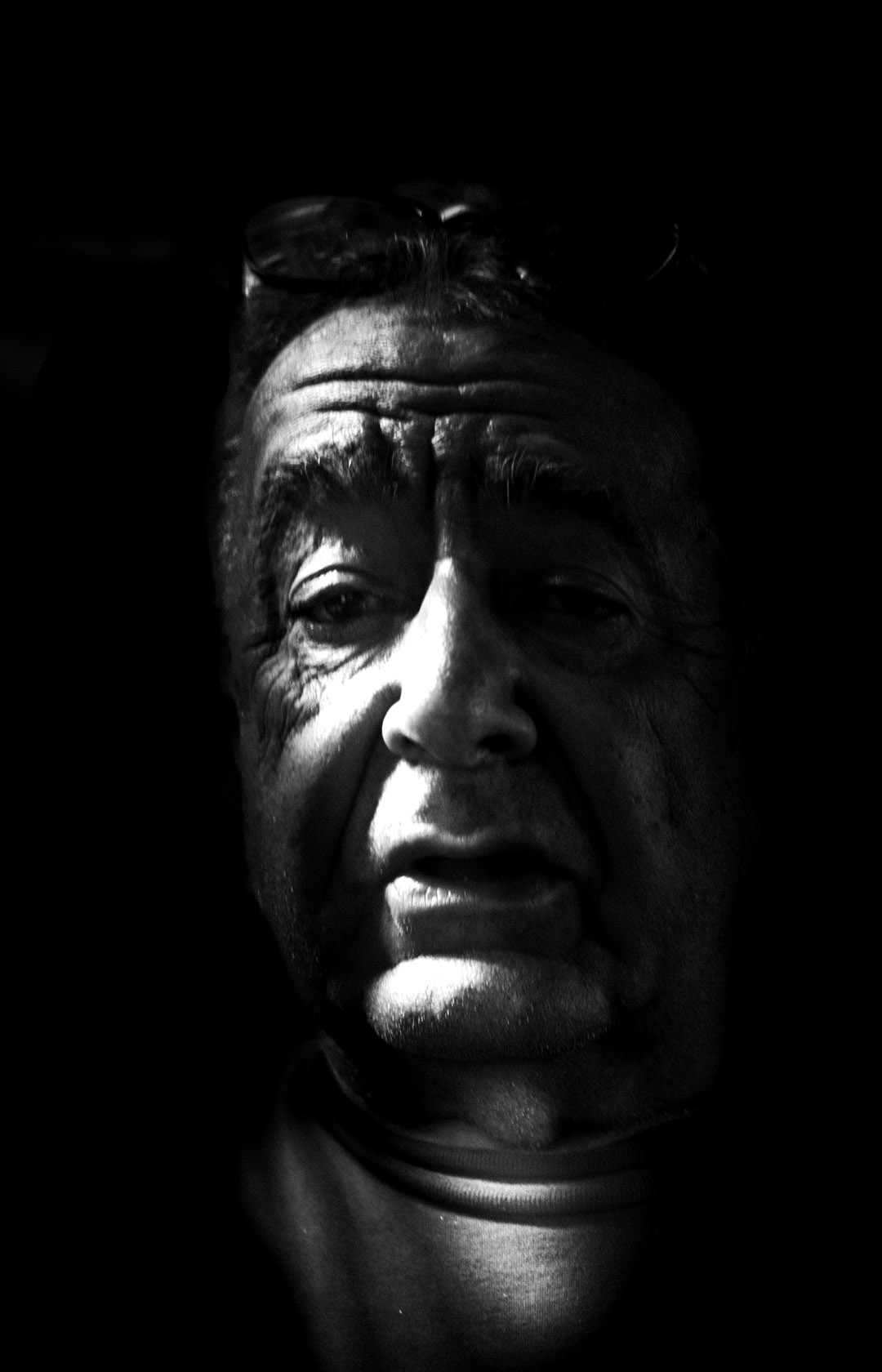
The contrast between light and dark brings out the essence of each scene, making the ordinary extraordinary. It’s a way to see the world differently, to appreciate the nuances of light and shadow that are often overlooked.
I’ve brought reverse etching into my process and it’s changing the way I shoot.
It’s moved me beyond just capturing scenes, to seeing the potential in the moment. Honouring the image by elevating the hidden stories behind the shadows, bringing them to light.
It’s a process of discovery, both of the world around me and of my own perspective as an artist.
Next time you walk through the city, look at the light and shadows. Imagine what they could become, etched out of the darkness, revealing their hidden stories. That’s the magic of reverse etching—a dance of light and shadow that turns fleeting moments into emotive stories.
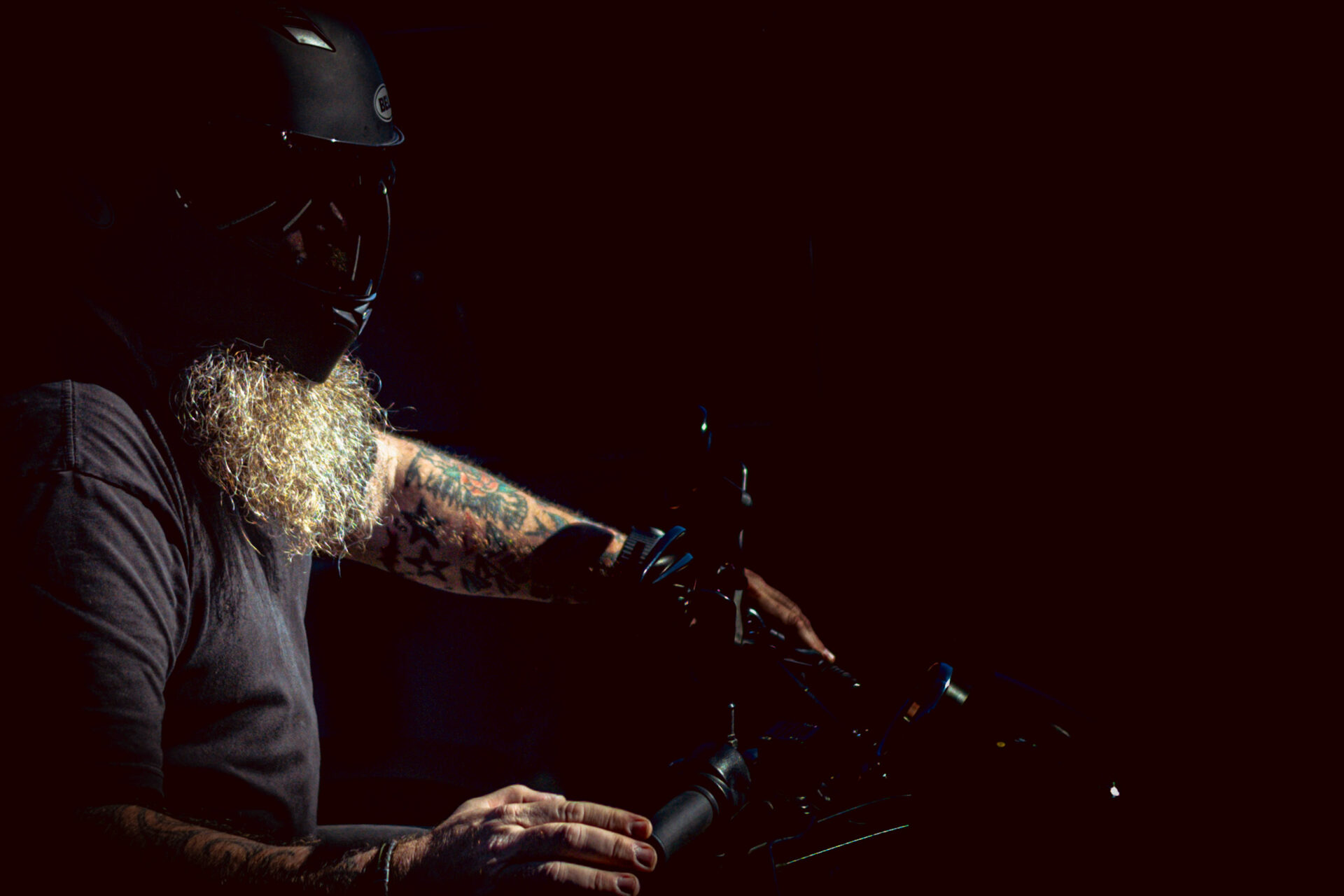
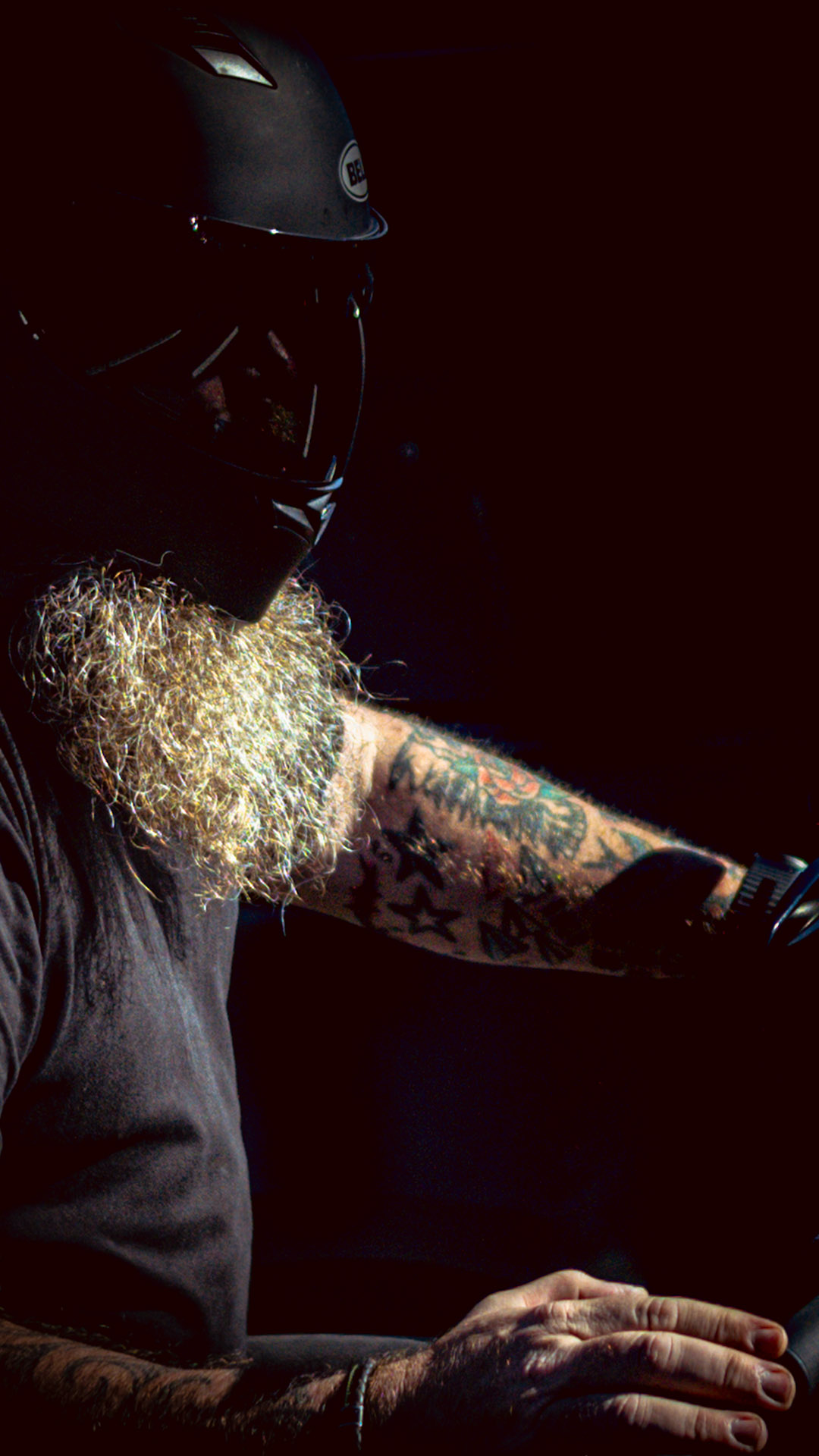
The Viewer’s Experience: Engaging with Hidden Details
One of the most fascinating aspects of reverse etching is the impact it has on the viewer.
By selectively revealing and concealing parts of the image, it invites the viewer to engage more deeply.
The stark contrasts force the viewer to fill in the blanks, to mentally complete the picture. This active participation transforms the viewing experience into a dialogue between the image and the observer.
For instance, in the portrait of Mark Jensen, the deep shadows obscure parts of his face, prompting the viewer to imagine his full expression. The light highlights his cheeky personality and the texture of his skin, but much is left to the imagination. This interplay of seen and unseen elements creates a dynamic viewing experience, engaging the viewer’s mind in the process of interpretation.
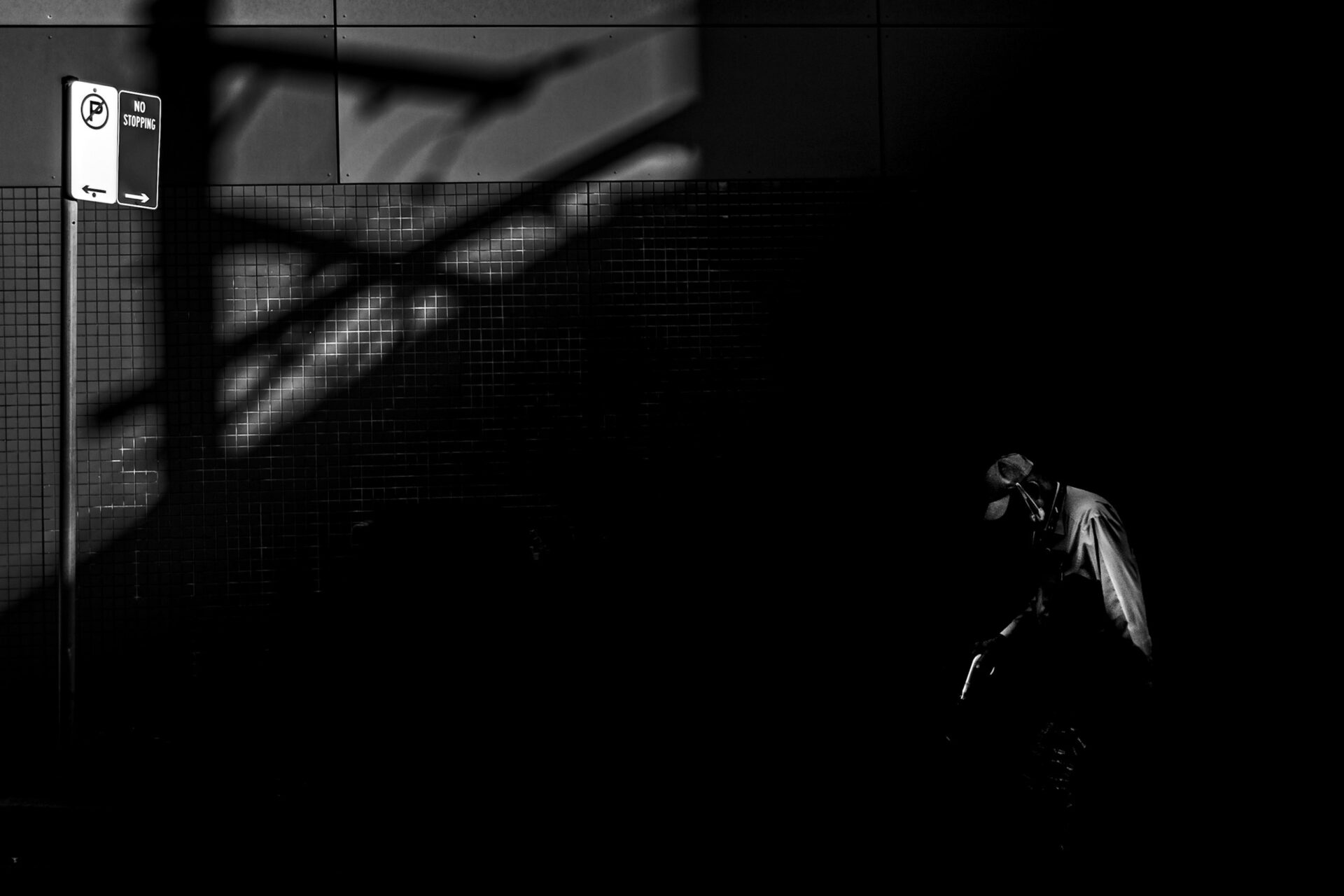
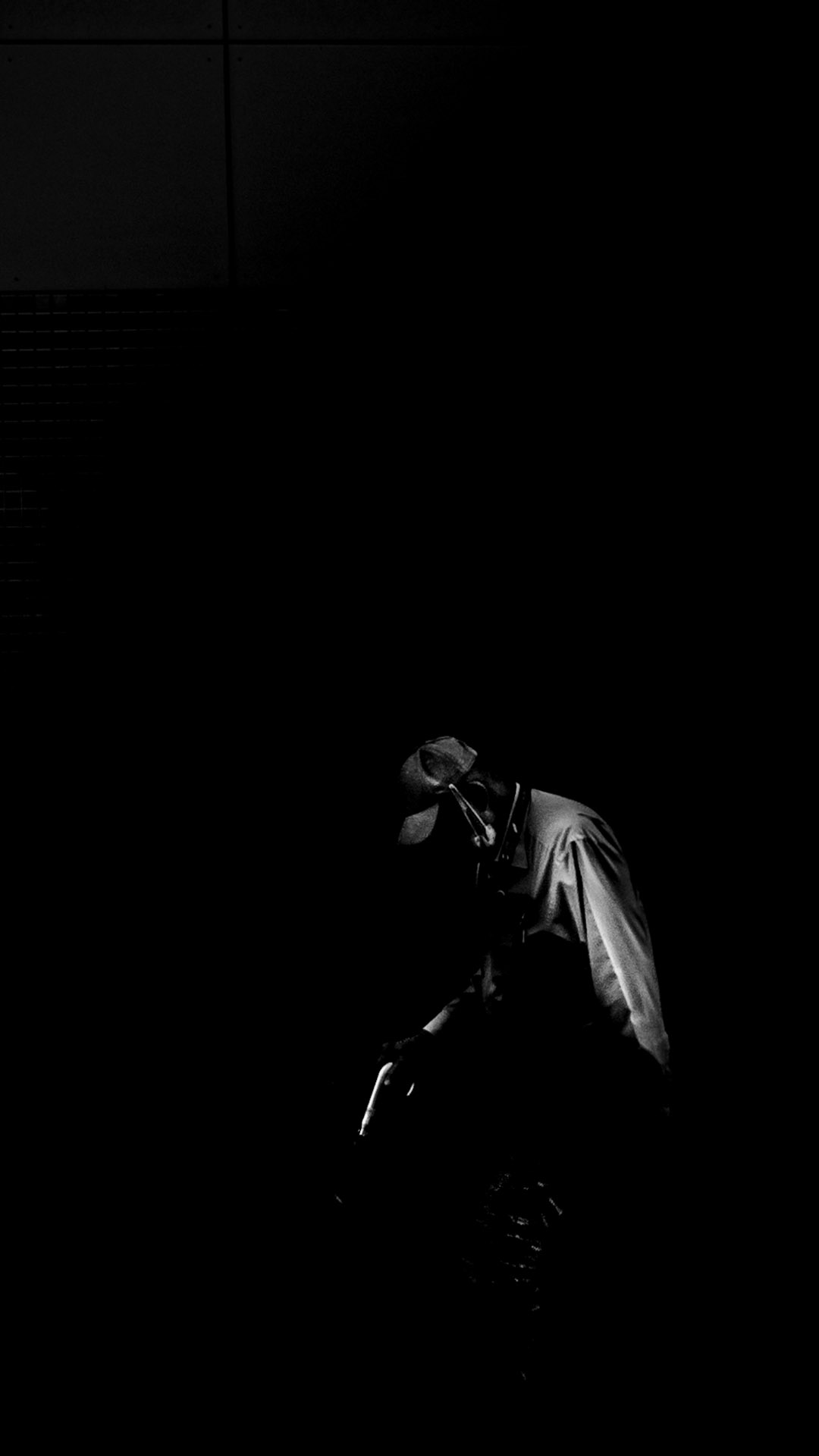
Similarly, in the image of the person vaping, the dramatic lighting and the darkness surrounding the smoke draw the viewer’s attention to the illuminated details. The viewer’s mind pieces together the context, the mood, and the story behind the scene. This interaction makes the image not just a visual experience, but an intriguing as mental experience as well.
Reverse etching transforms simple street scenes into complex narratives.
It challenges the viewer to see beyond the obvious, to explore the hidden layers of each photograph. This technique doesn’t just reveal the beauty of light and shadow—it invites the viewer into a deeper exploration of the moment captured, making them an active participant in the storytelling process.

